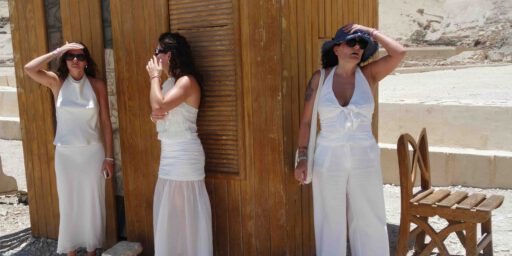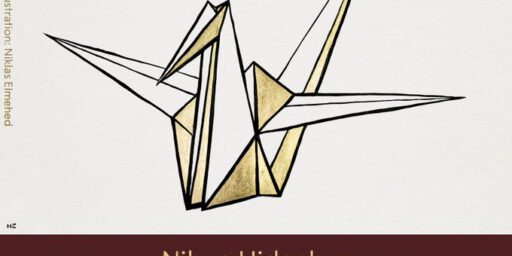Ideal Sex in der Wüste – Luxor Holidays amidst the Misery of the World. 砂漠での理想的なセックス 〜 世界の悲惨さの中でのルクソール休暇。
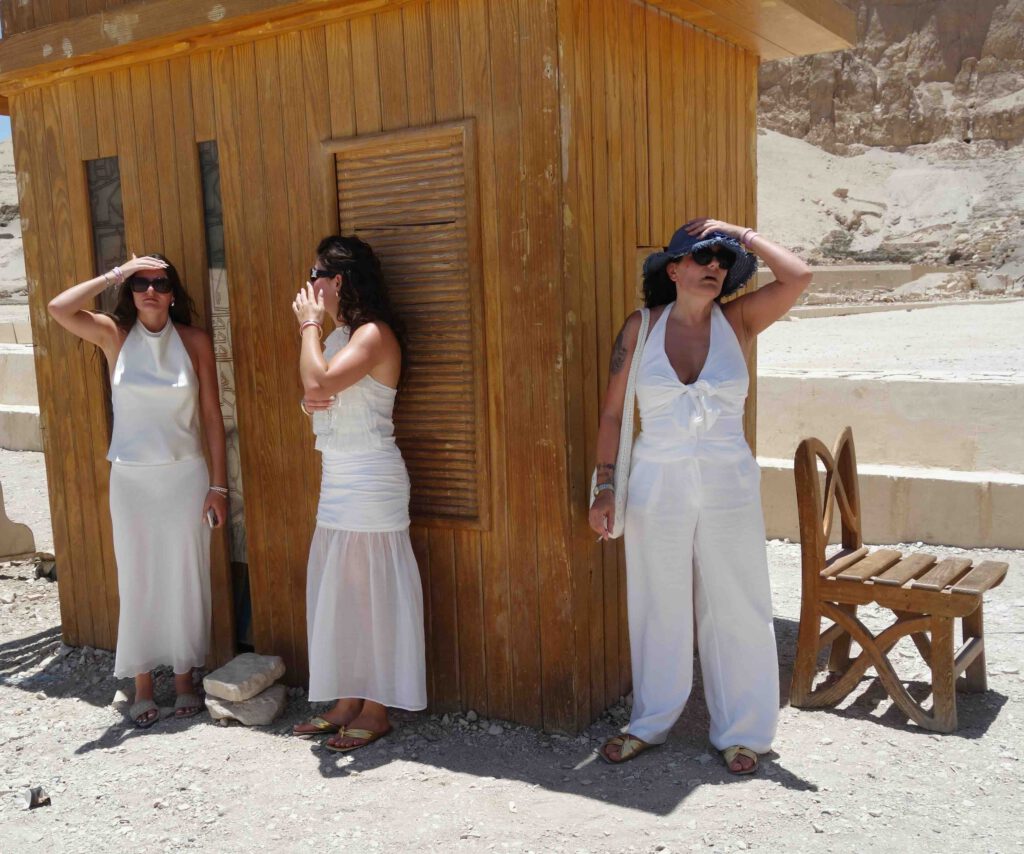
Lunch at a hotel on the Red Sea Coast.
Fat, sluggish, half-naked women’s bodies from all over the world, red-burned.
Egyptian women, self-confident and without compulsion, wearing the black Niqab in the hotel. When eating with a Niqab, the cloth that covers the face is slightly lifted to open the mouth so that food and drinks can be guided to the mouth without completely exposing the face.
Women in Islam
https://en.wikipedia.org/wiki/Women_in_Islam
Place des femmes dans l’islam
https://fr.wikipedia.org/wiki/Place_des_femmes_dans_l%27islam
イスラームと女性
https://ja.wikipedia.org/wiki/イスラームと女性
These black Niqab wearing Egyptian women, together with their family at the table, eating lunch.
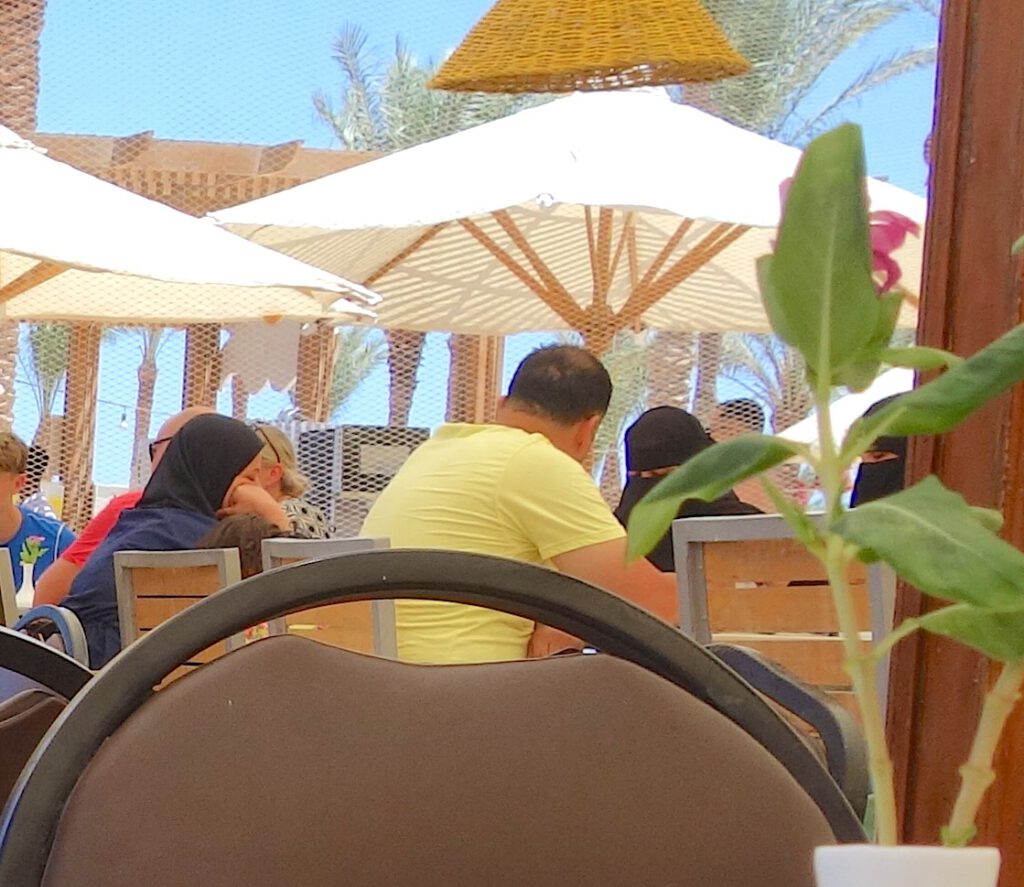
Close-by sits the Japanese feminist and suffers mental stress.
After 2 days of vacation, he loses his appetite watching these overweight, sick, young women from all over the world, gorging themselves.

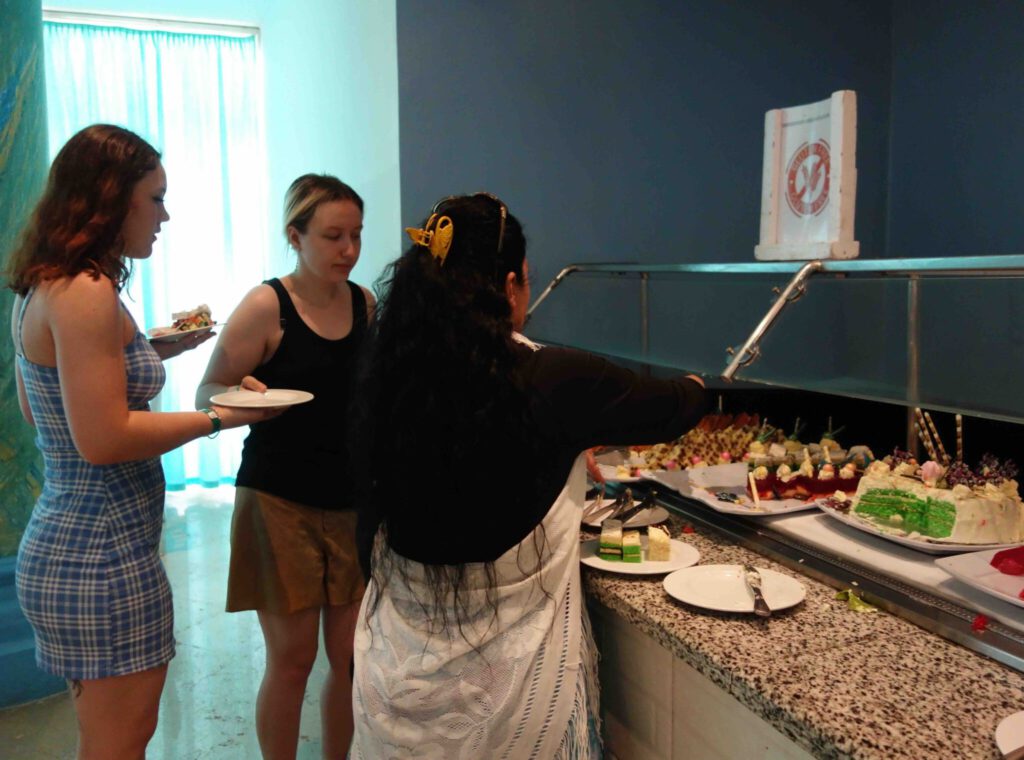
Outside, Egyptian children are waiting for the tourists, begging for Euro-coins. Everyone is belling for Baksheesh. It starts at the airport at the time of entry: The Egyptian visa issuer requires Baksheesh.
There are no price tags on the goods. Everything must be negotiated. You or the seller could become angry, noisy.
Psycho-stress that ruins my holidays. I’m in the midst of the Misery of the World. My hard currency has been forcibly converted as “personal” Development Aid.
Since 1980, Islam has been enshrined in the constitution as a state religion, Sharia is the main source of legislation.
According to current Egyptian law, unmarried Egyptian women are not allowed to live in a room with a foreign man etc., therefore the hotels on site are obliged to comply with Egyptian law applicable to them and must reject such guests.
At some hotels/resorts it’s forbidden to leave the hotel area by night. Obviously too dangerous for foreign tourists.
A highly uncivilised behaviour on the part of some sections of the population continues to exist in 2025. Mothers, wives and daughters of Egyptian men have no place in public; full veiling is still common practice.
It is unacceptable that Western women are groped by three or four Egyptian men in public spaces, or that young girls with blonde hair are touched everywhere they go.
When driving by car through the country, you will be stopped and checked by military controls “everywere” (at important intersections) / (Scroll down “Luxor Massacre”). Also travel buses, which, however, are waved through so as not to upset the foreign tourists. Public transportation in the countryside: a disaster.
Driving by night, alone or with locals, means the “road to nowhere”.
Since 2014, the Egyptian president’s style of government has been predominantly described as authoritarian or dictatorial and repressive. According to the Carnegie Foundation for International Peace, the president leads a military dictatorship that militarises the Egyptian state and its economy, and has led the country to the brink of economic collapse.
Egypt has been facing economic collapse for years. The state is highly indebted, the rating agencies, such as Moody’s, rate Egypt with “Caa1”, ergo US$ bonds at junk level, in the highly risky default area.
Although the inflation rate was reduced from 38% (September 2023) to 15% (May 2025), tourists continue to be begged to exchange their Dollars or Euros for the local currency at the black-market rate.
In addition, poverty is growing: The number of Egyptians who, according to the United Nations, live on less than 3.65 US Dollars a day has risen from less than 20 to over 24 percent in recent years. Youth unemployment – which was already very high before the 2011 Arab Spring – is now over 30 percent. This situation was contributed not least by a corrupt mismanagement, led by military generals, which further increased the national debt burden by financing expensive prestige projects such as the new administrative capital in the desert, the enormous increase in arms investment and a planned high-speed train network.
As a globetrotter with over 50 years of experience, I can easily compare some places in Egypt with Calcutta in India. Or Atacama in northern Chile, where the houses do not need roofs.
In 1973 I first entered African soil, El Aaiún, Spanish Sahara.
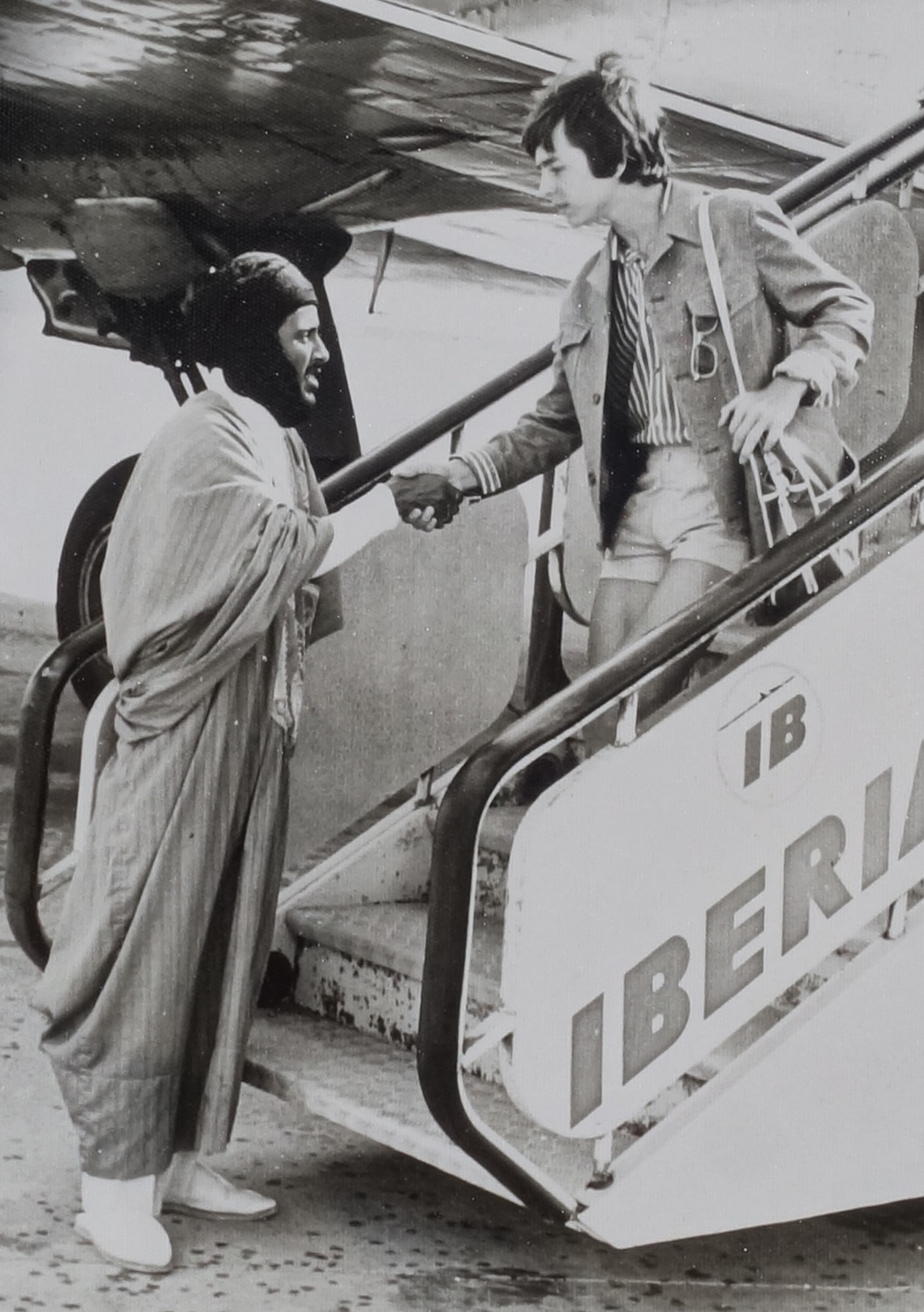
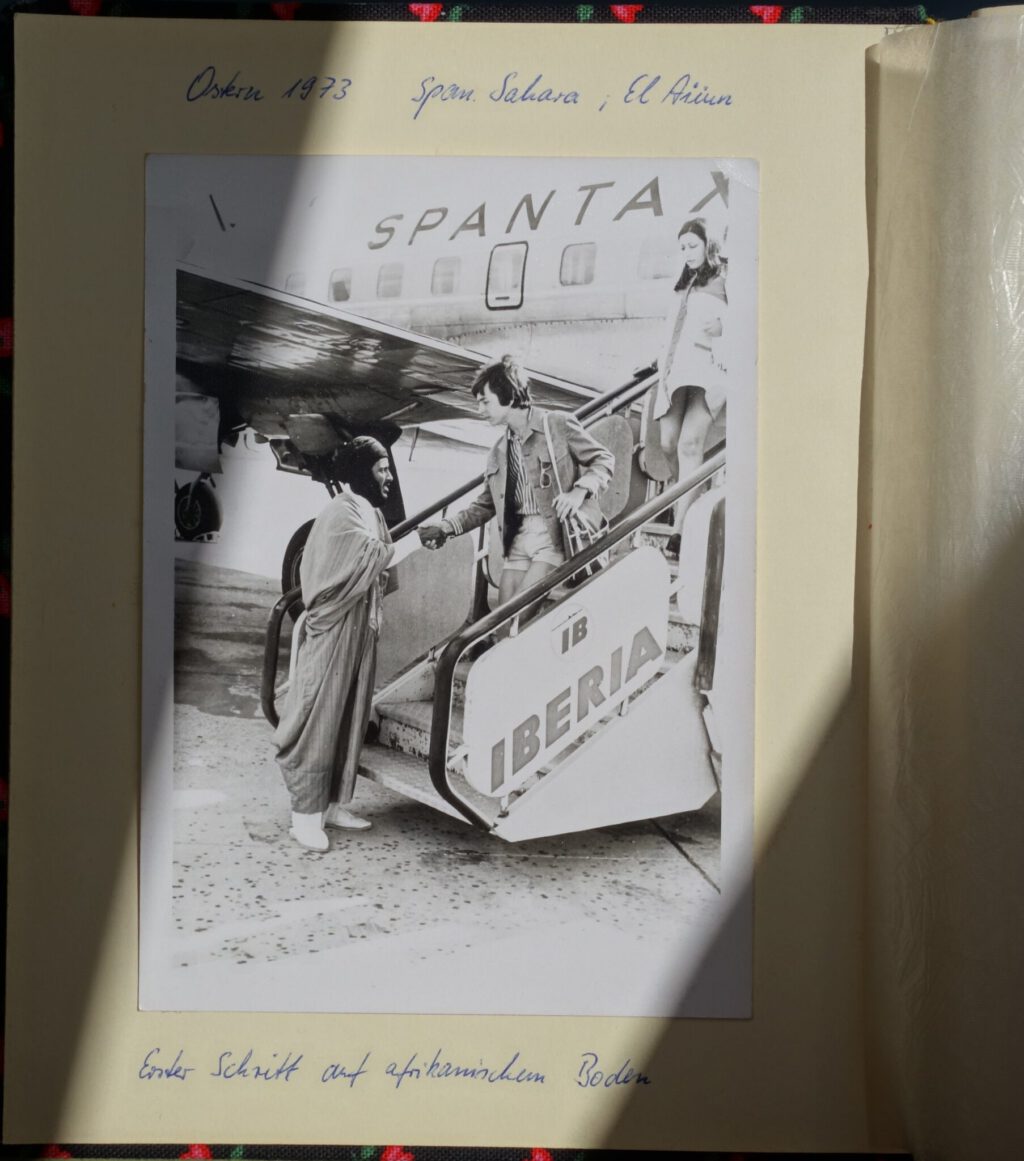
Now we have the year 2025, and I can say without exaggeration that I spent my summer holidays in the Misery of the World.
A tunnel vision should not be tolerated. It is not appropriate to take a limited, one-sided view when you travel to a country as a tourist.
More desirable to think and act openly and comprehensively than to focus on just a small slice of swimming-pool-reality and hotel-night-parties with permitted alcohol in an Islamic state.
Save me from kitschy souvenirs that collect dust at home (Staubfänger), thanks to the experiences of my parents and relatives!
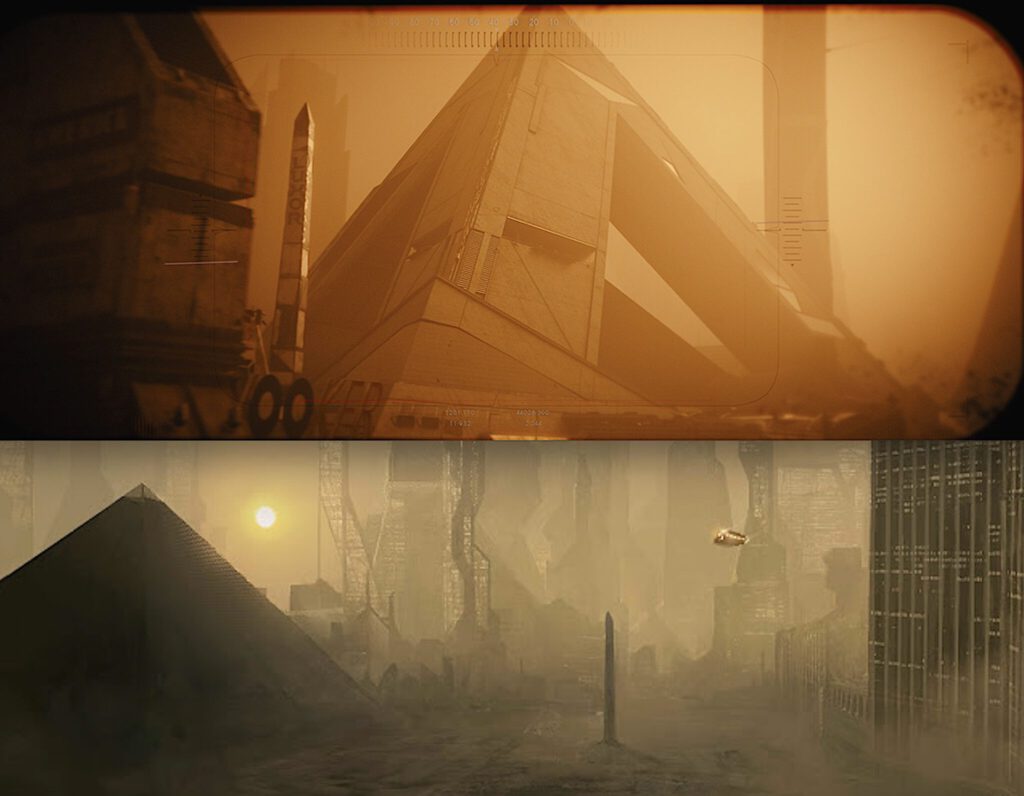
Archaeological excavations still seen as “work in progress”. That’s really amazing. The Egyptian Overtourism Experience as Open End. History on Egyptian culture can be easily researched, viewed in abundance via the internet, incl. youtube/vimeo. Try to “de-code” some attached pics. Self-censorship has been applied.
Luxor (Wollust/Luxuria) – Tokyo, July-August 2025 (actualised)
Mario A
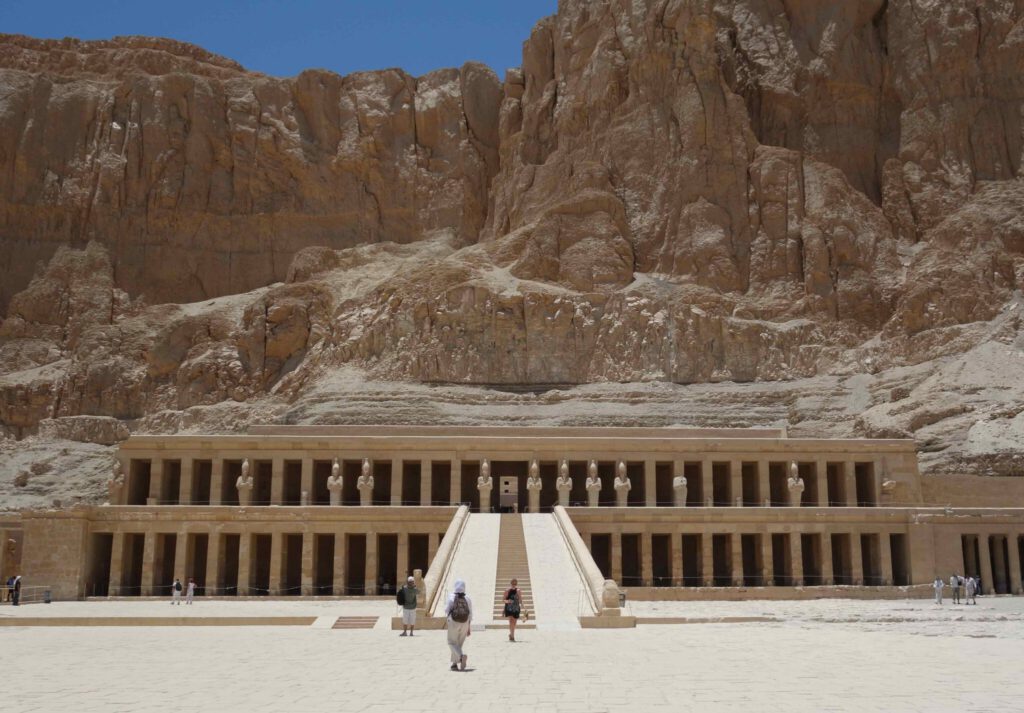
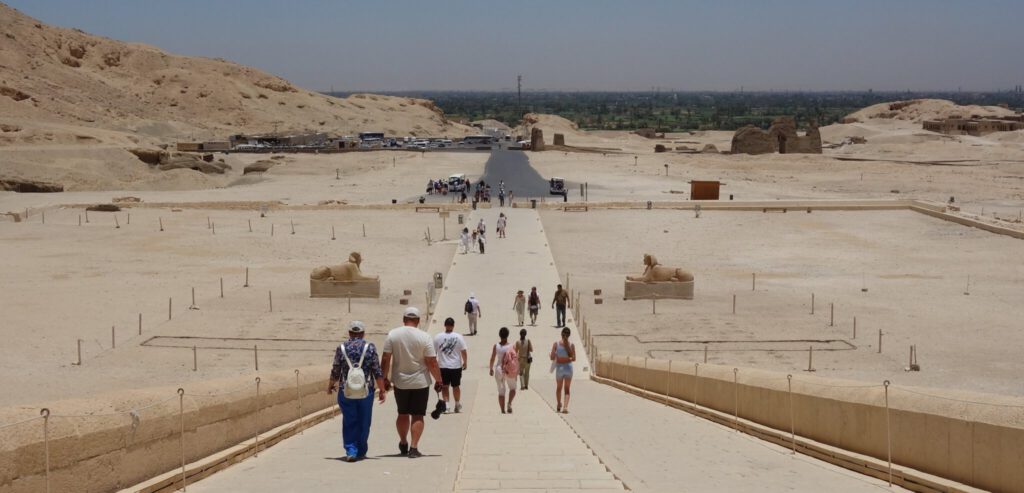
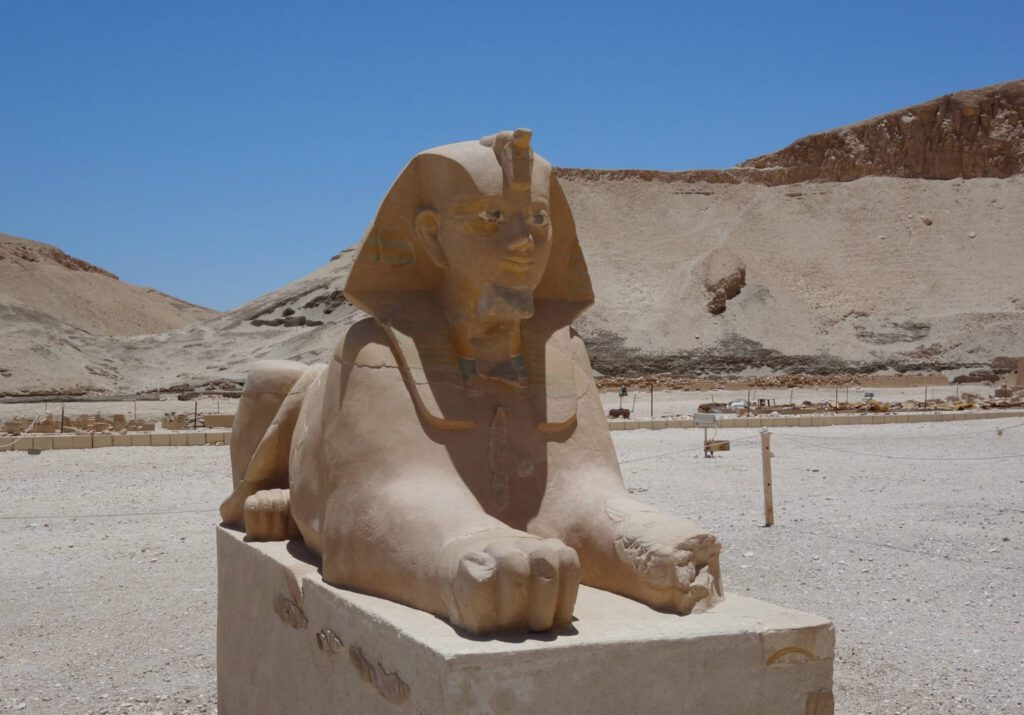
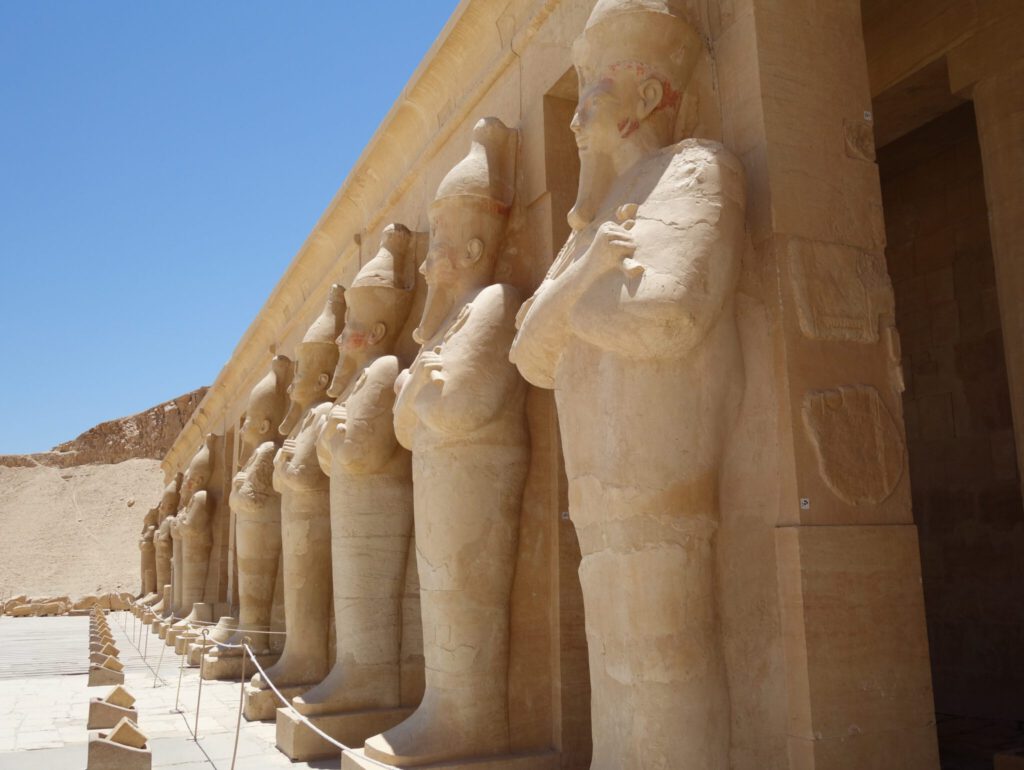
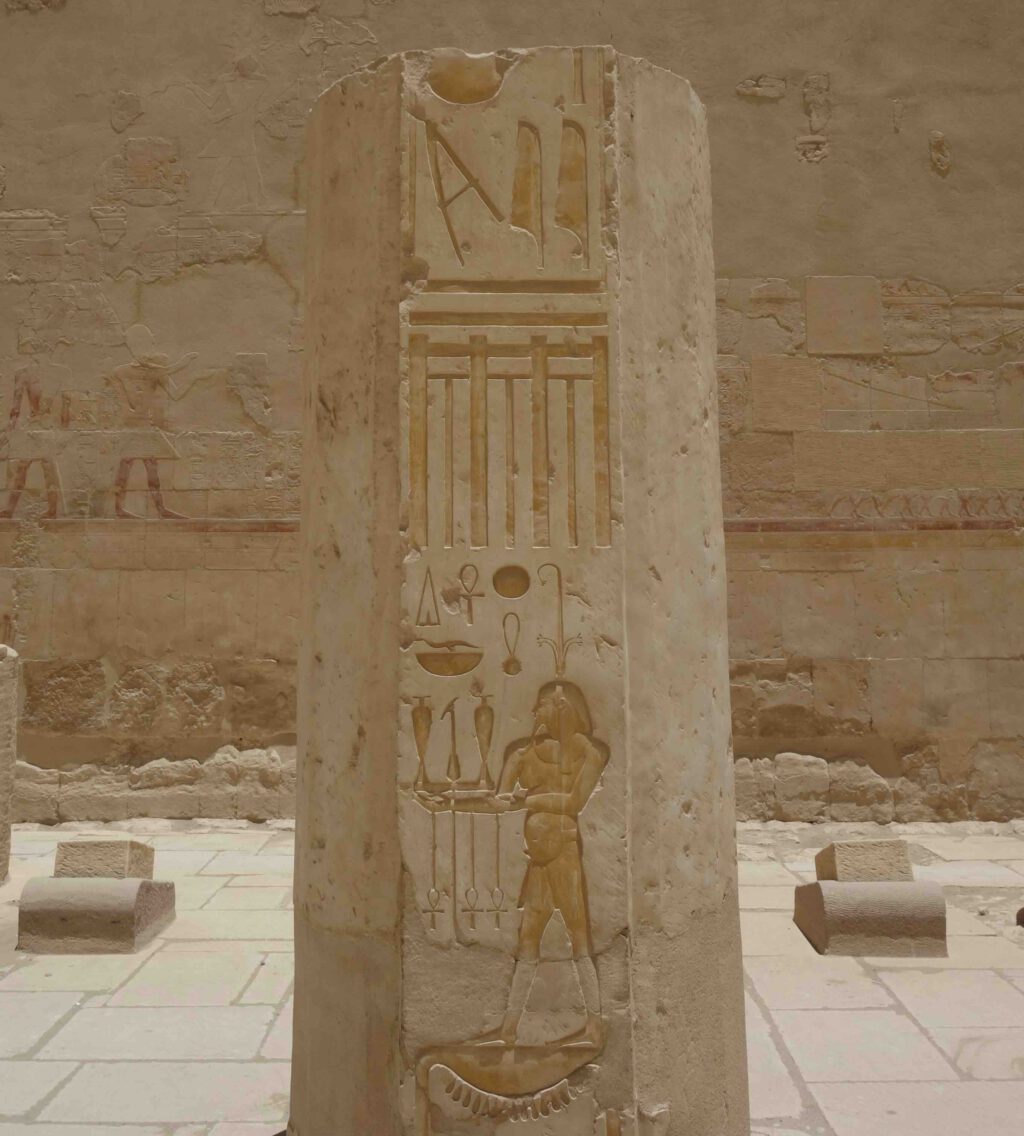
Phil Day – Massacre in Luxor – 1 of 7
Luxor massacre
The Luxor massacre was a terrorist attack that occurred on 17 November 1997 in Egypt. It was perpetrated by al-Jama’a al-Islamiyya and resulted in the deaths of 62 people, most of whom were tourists. It took place at Dayr al-Bahri, an archaeological site located across the Nile from the city of Luxor.
https://en.wikipedia.org/wiki/Luxor_massacre
ルクソール事件(ルクソールじけん)は、エジプトの著名な観光地であるルクソールにおいて、1997年にイスラム原理主義過激派の「イスラム集団」が外国人観光客に対し行った無差別殺傷テロ事件である。別名、エジプト外国人観光客襲撃事件[1]。
この事件により日本人10名を含む外国人観光客58名と警察官2名を含むエジプト人4名の合わせて62名が死亡[1]、85名が負傷した。なお、犯人と思われる現場から逃亡した6名は射殺された。
https://ja.wikipedia.org/wiki/ルクソール事件
イスラム集団
https://ja.wikipedia.org/wiki/イスラム集団
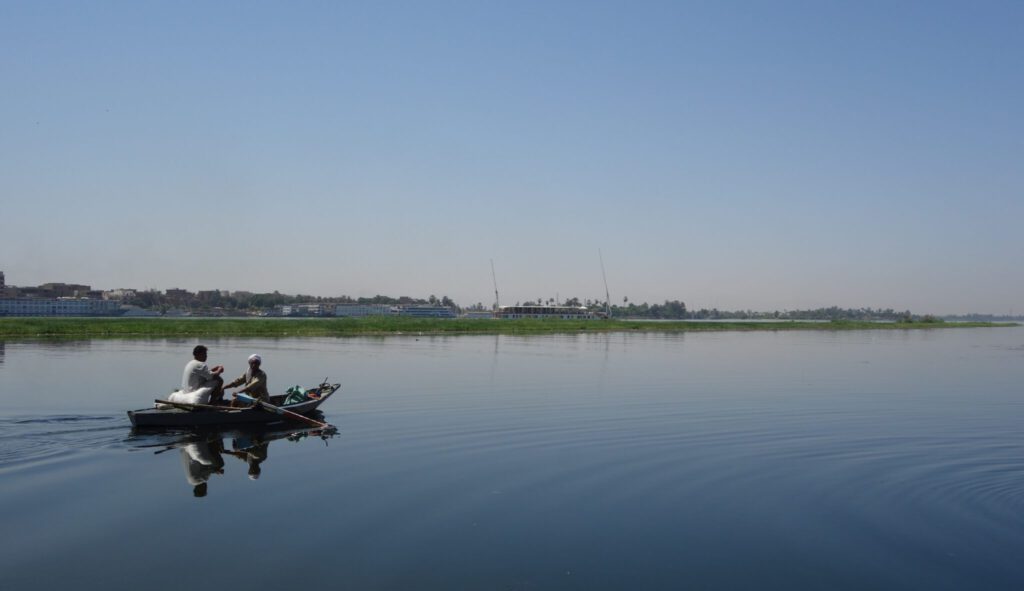
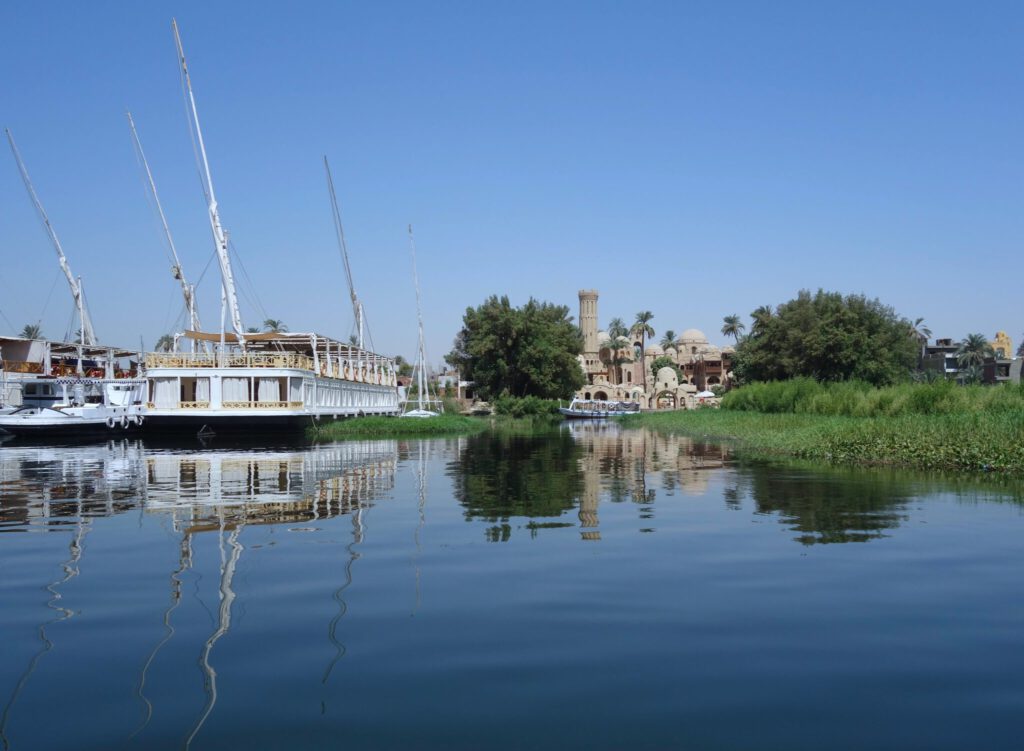
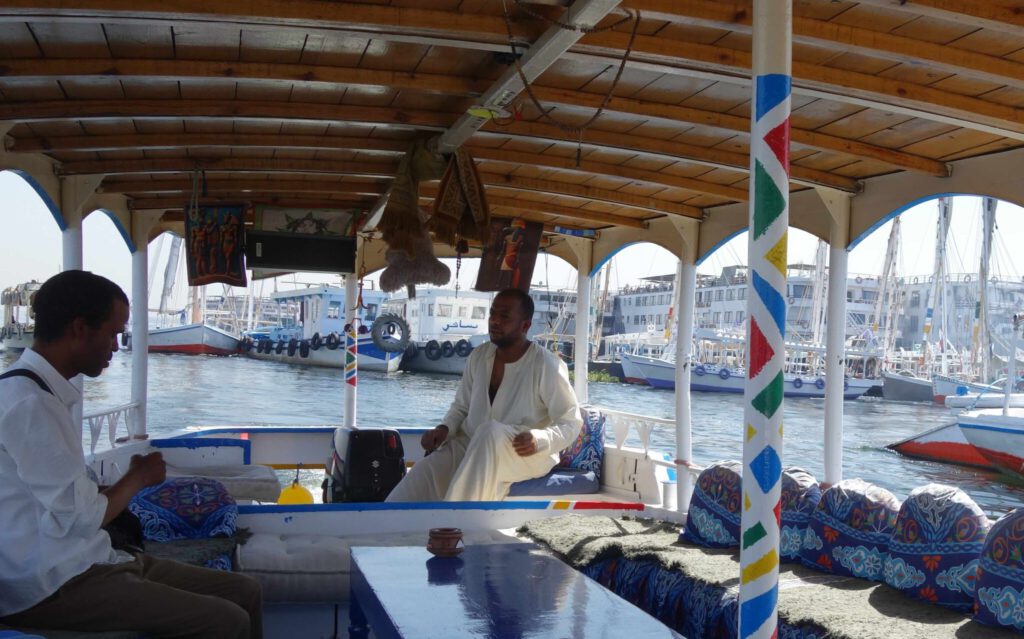
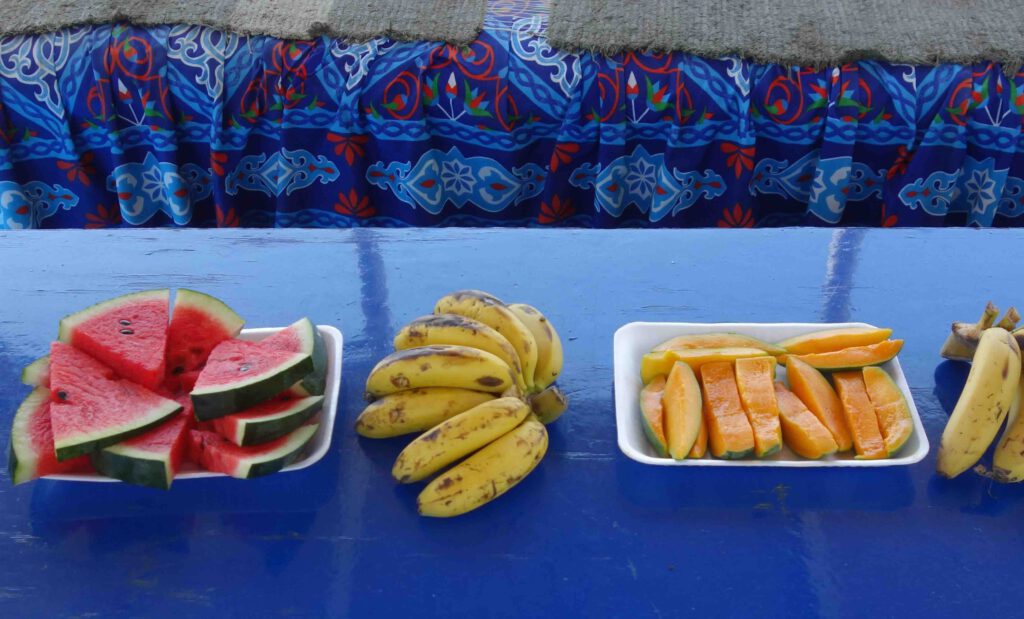
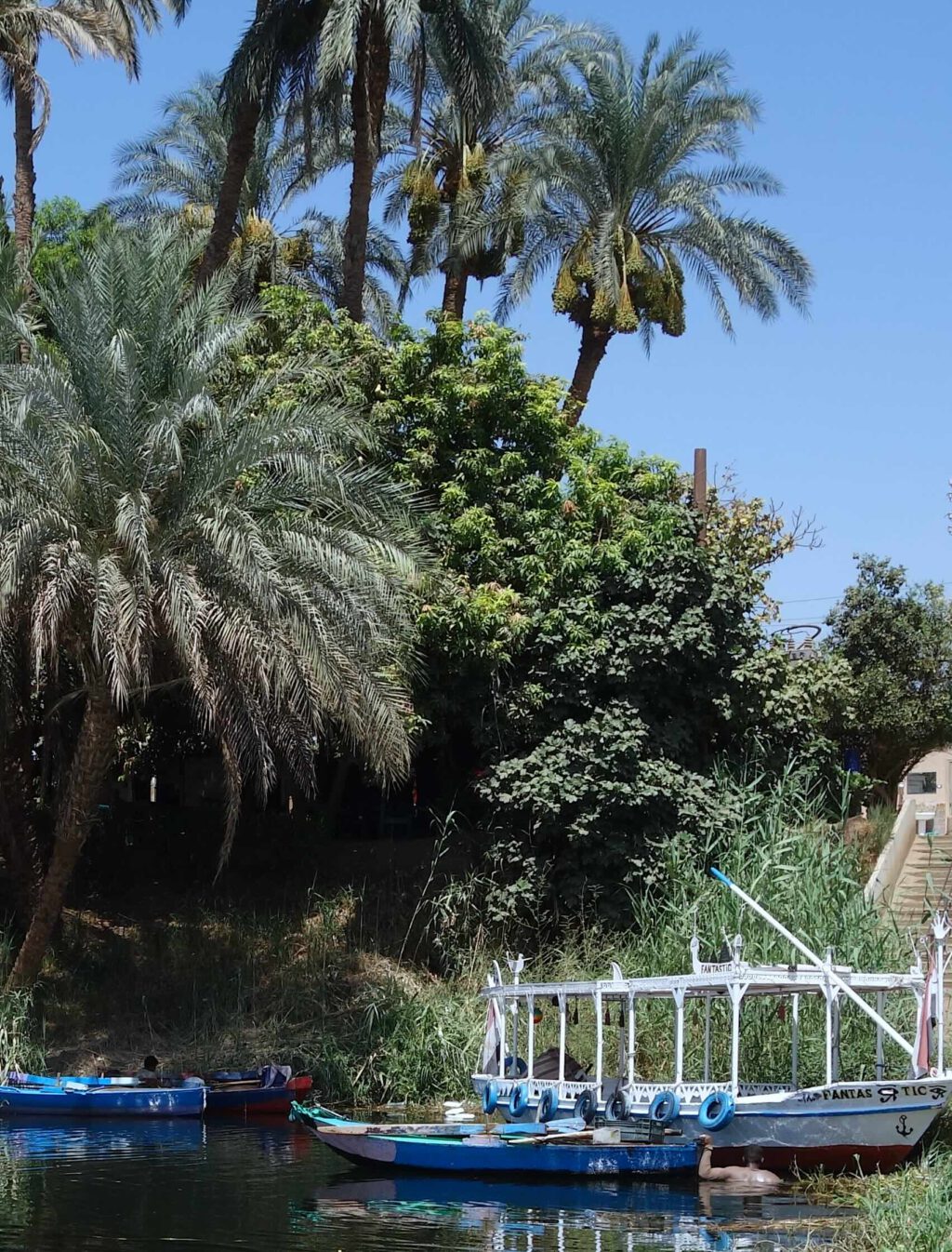
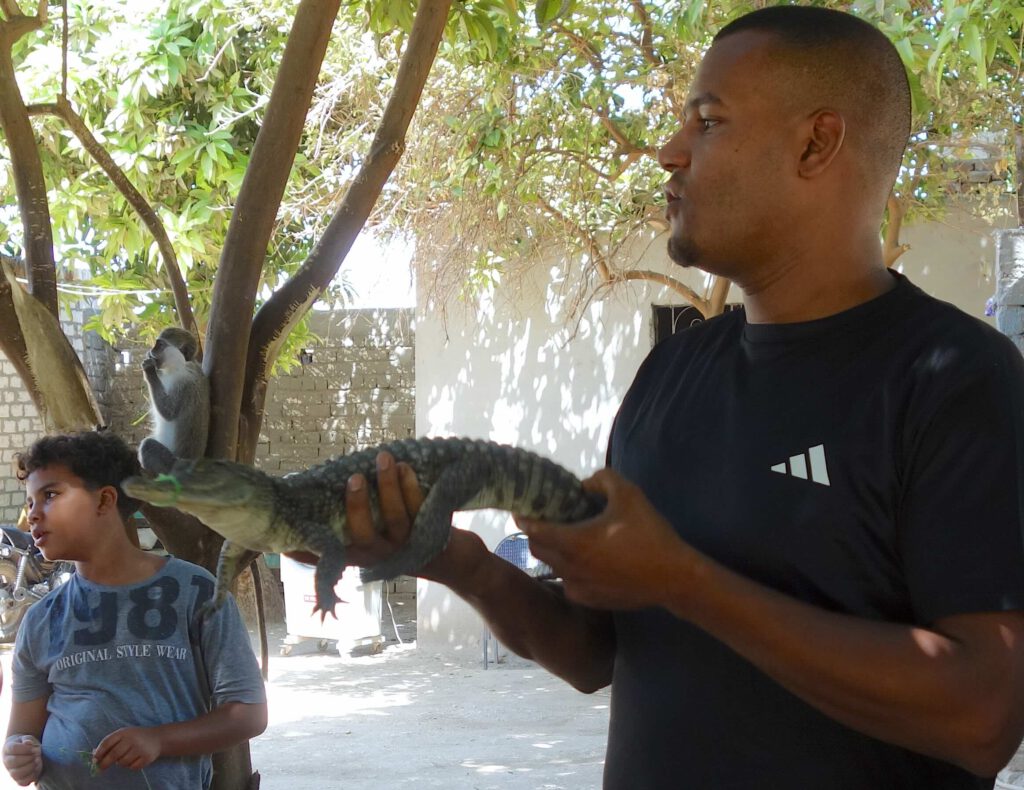

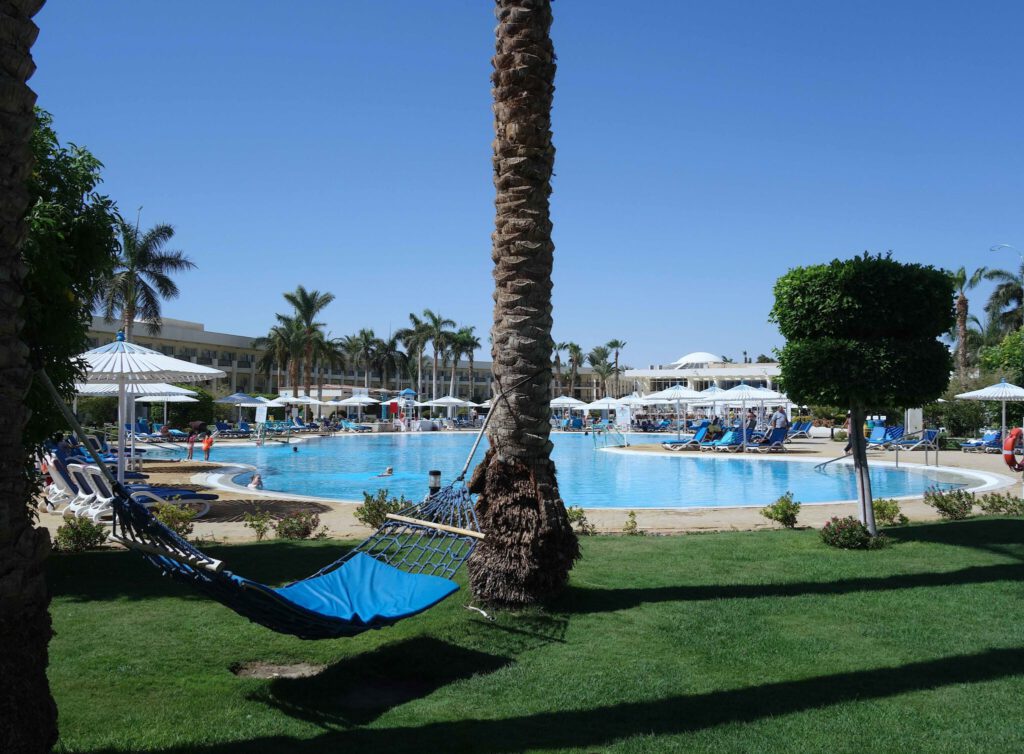
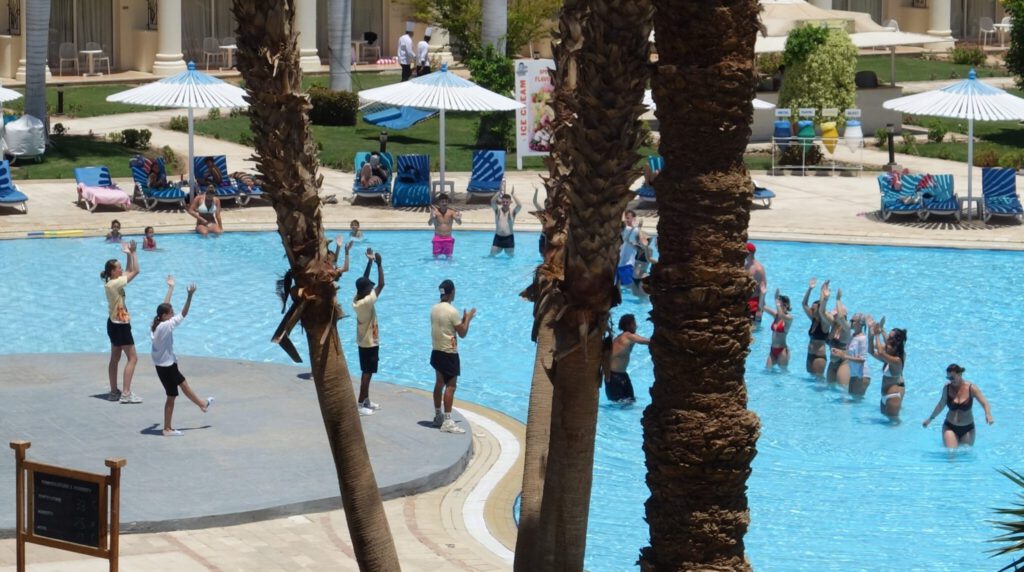
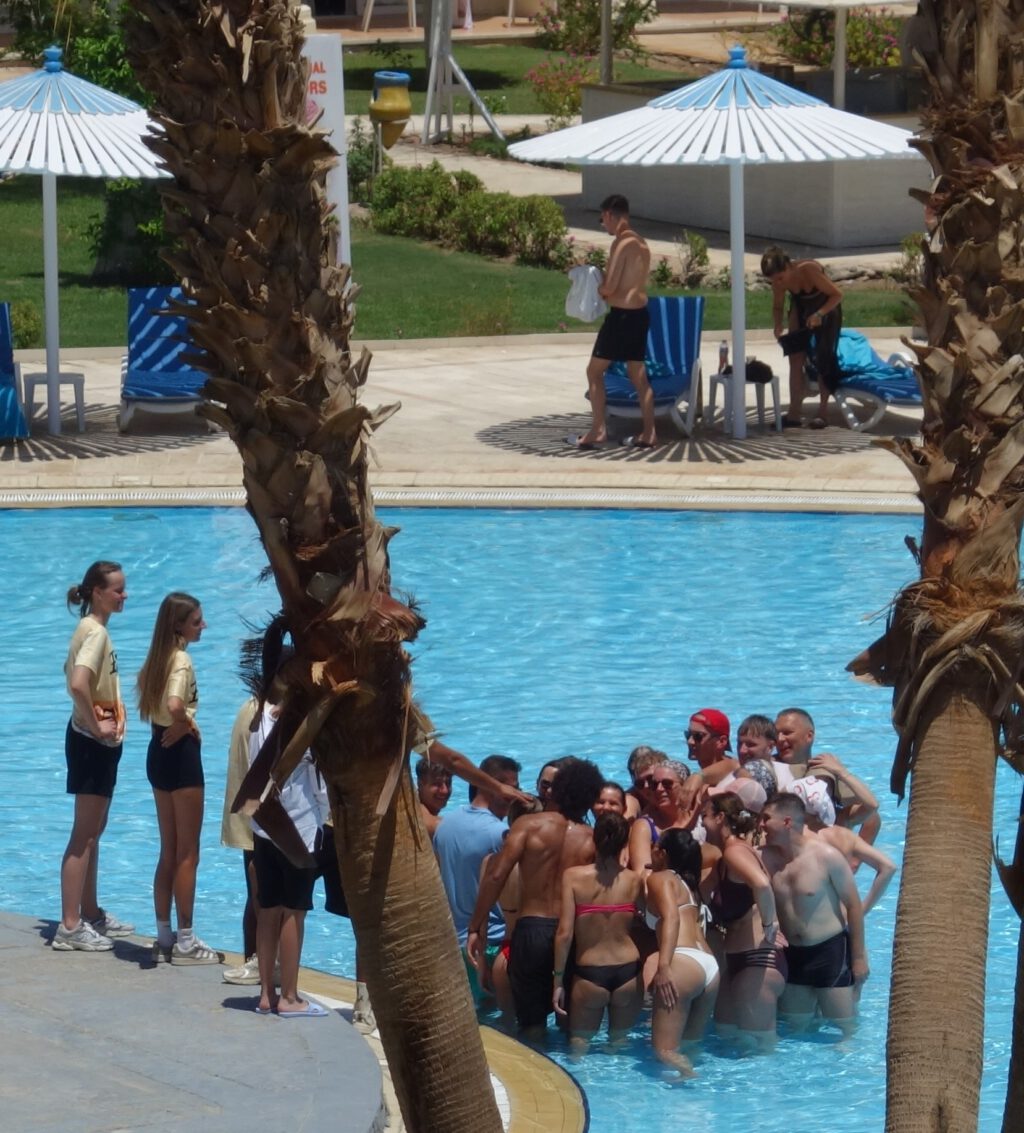
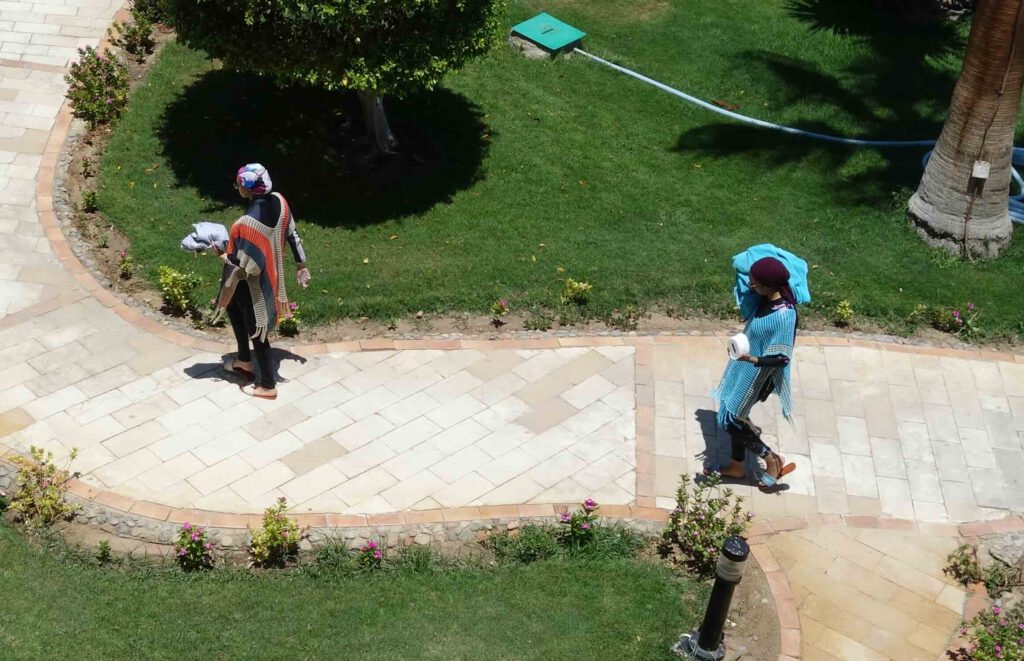

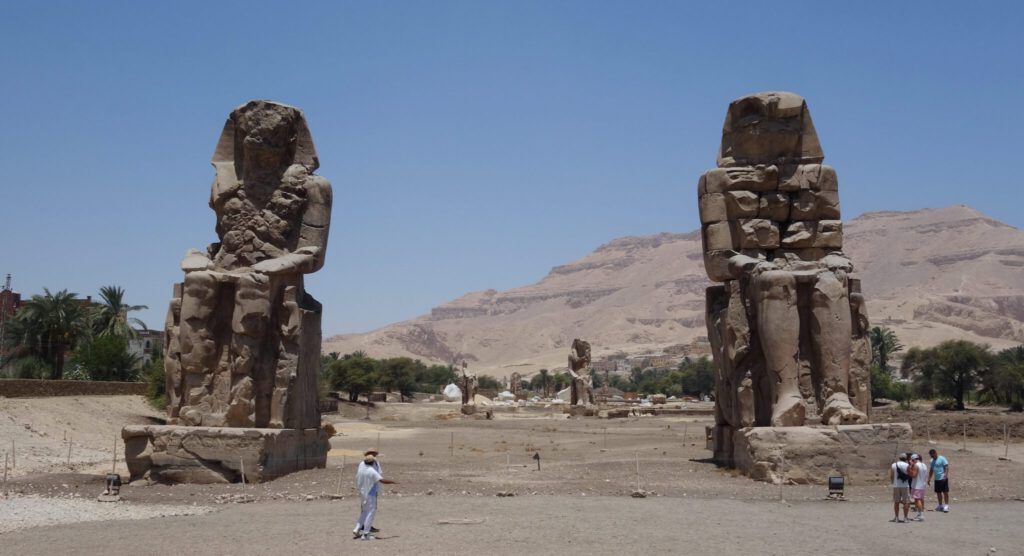
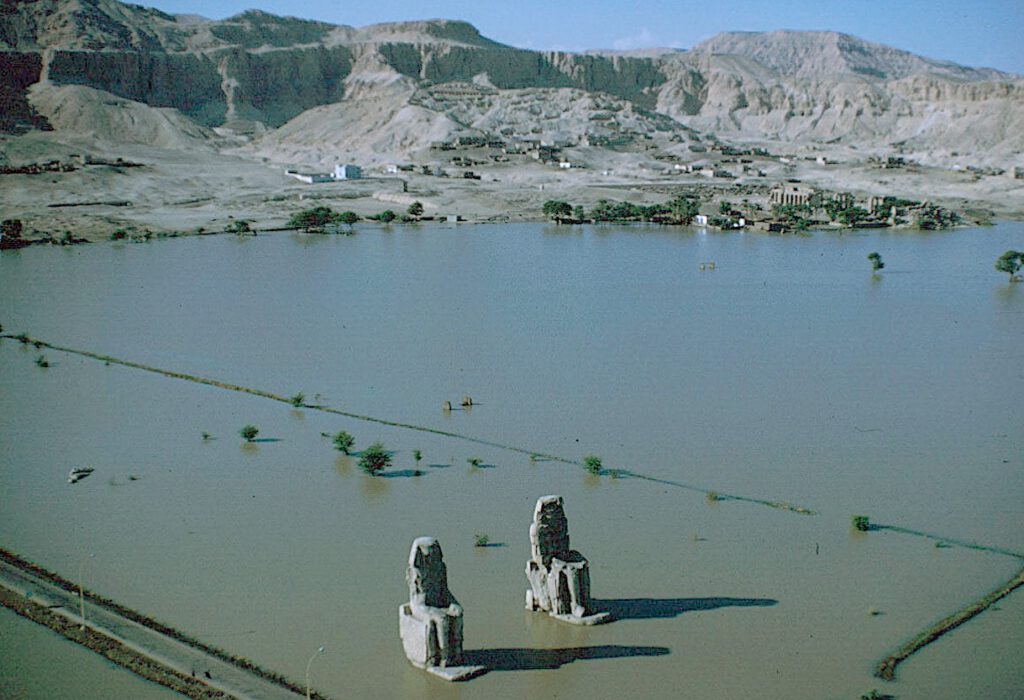
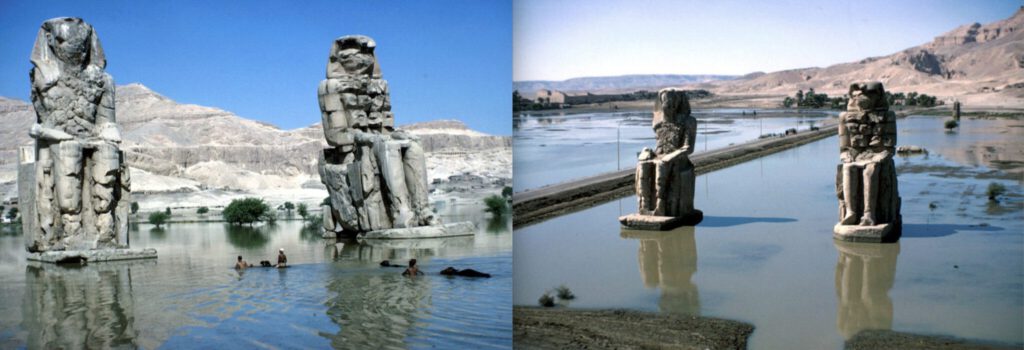
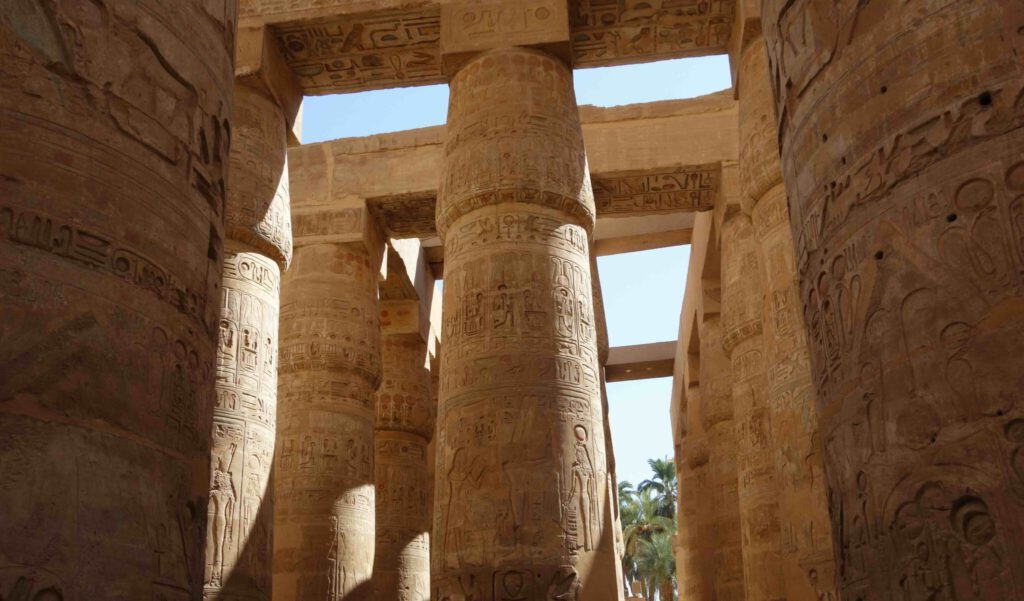
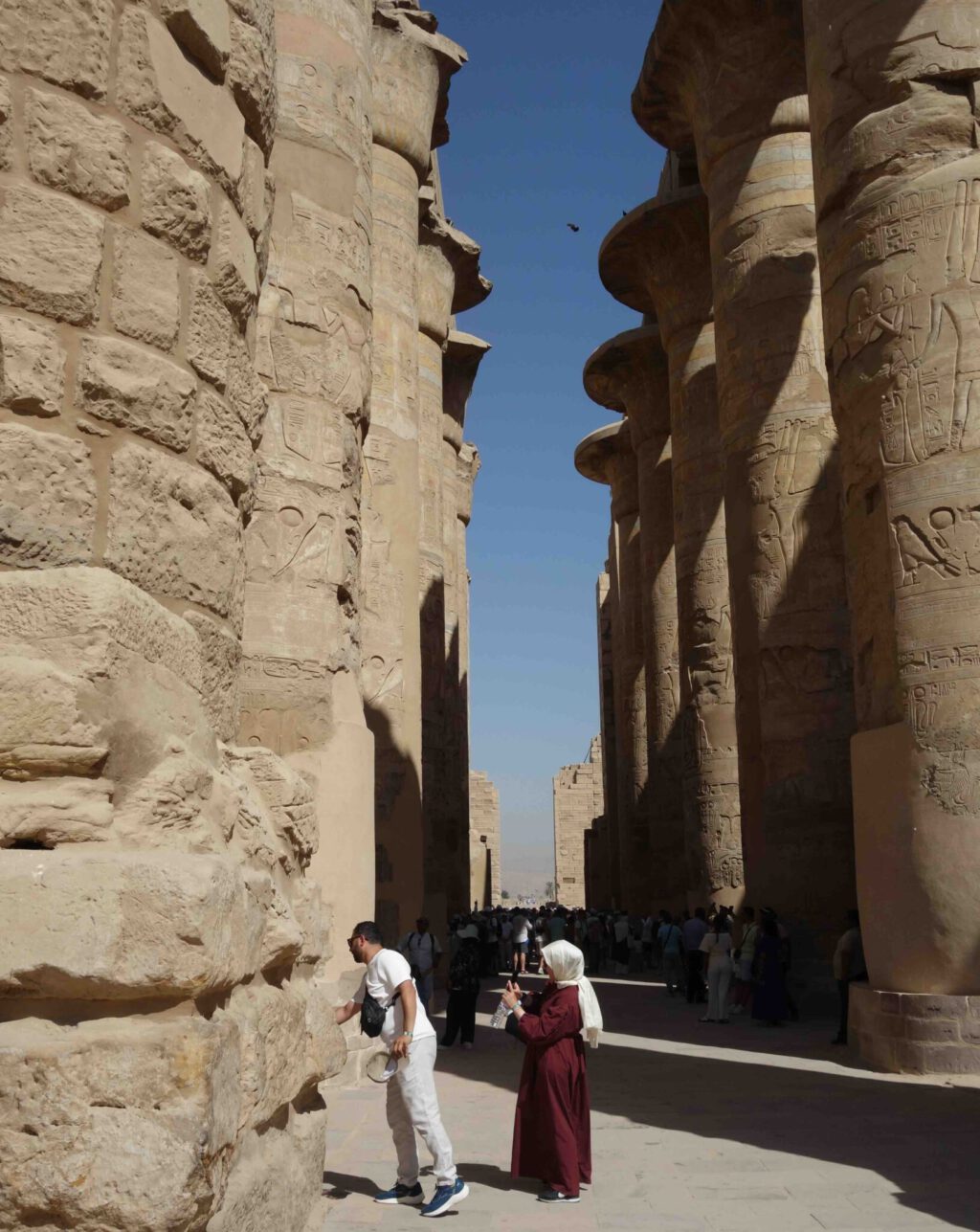
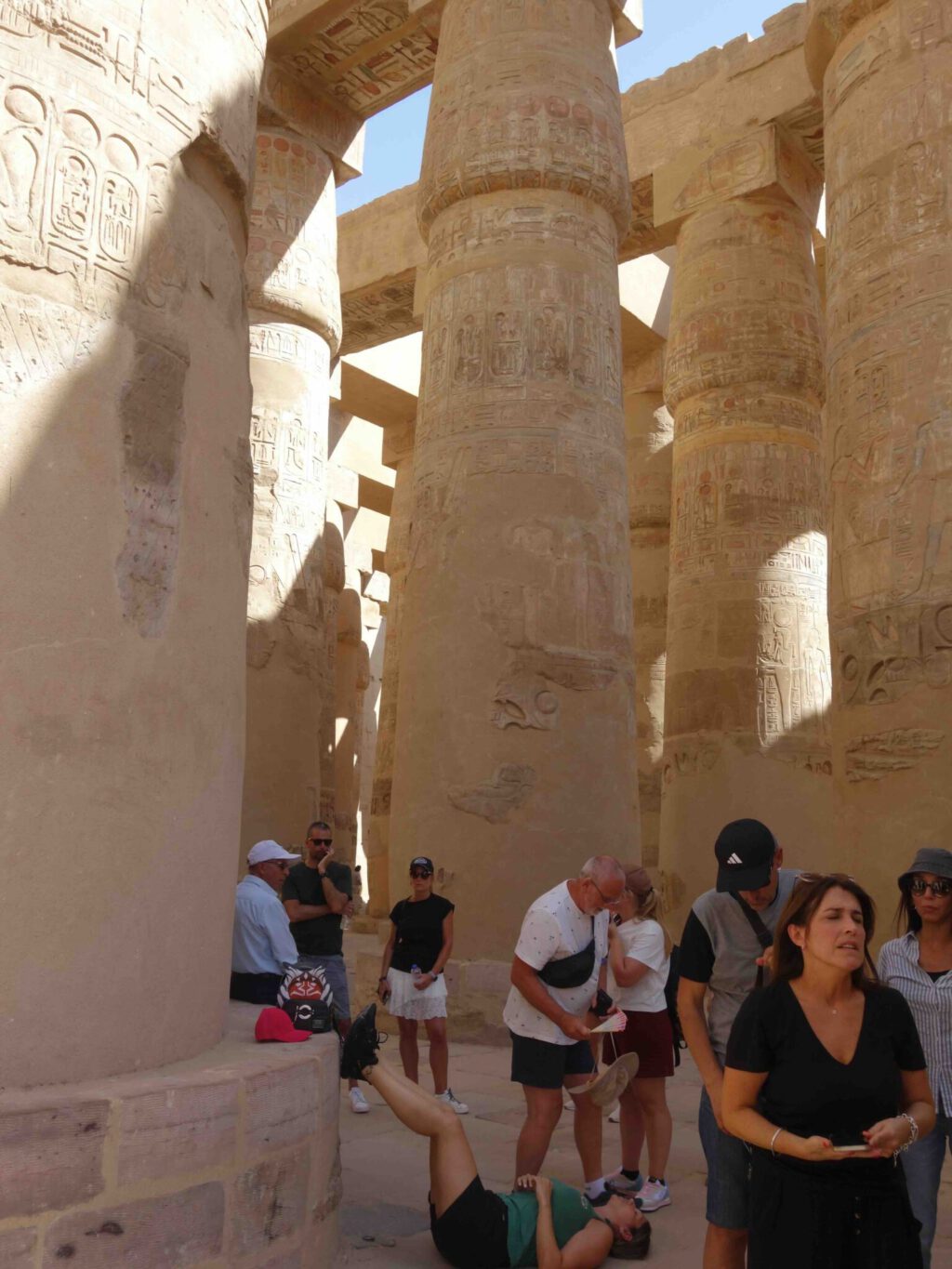
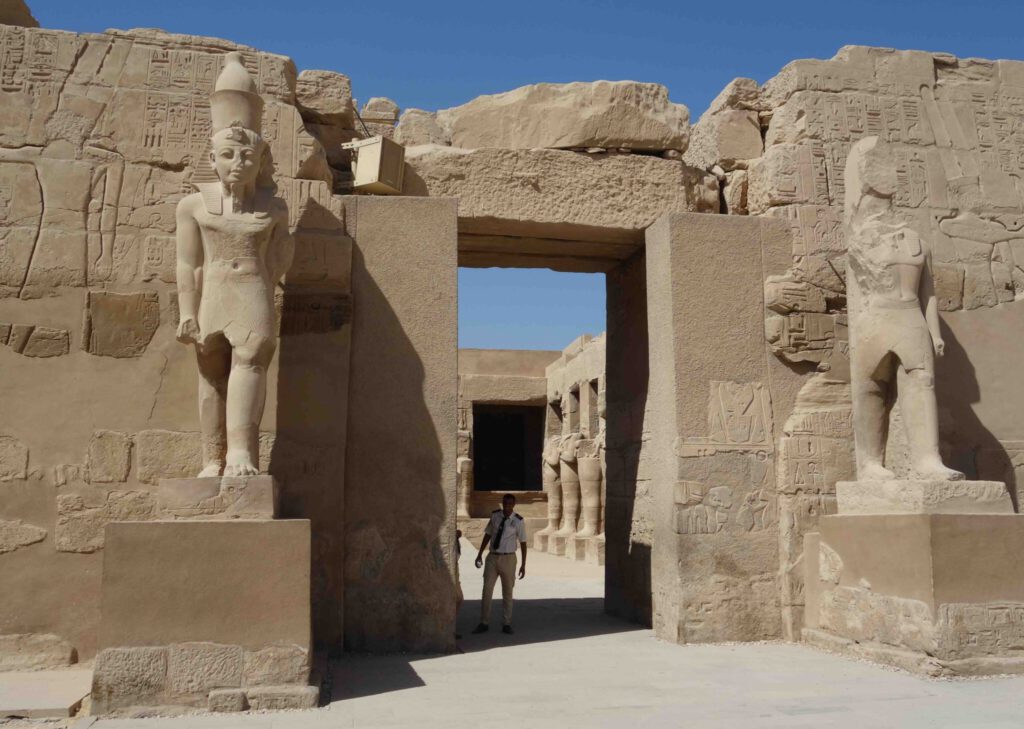
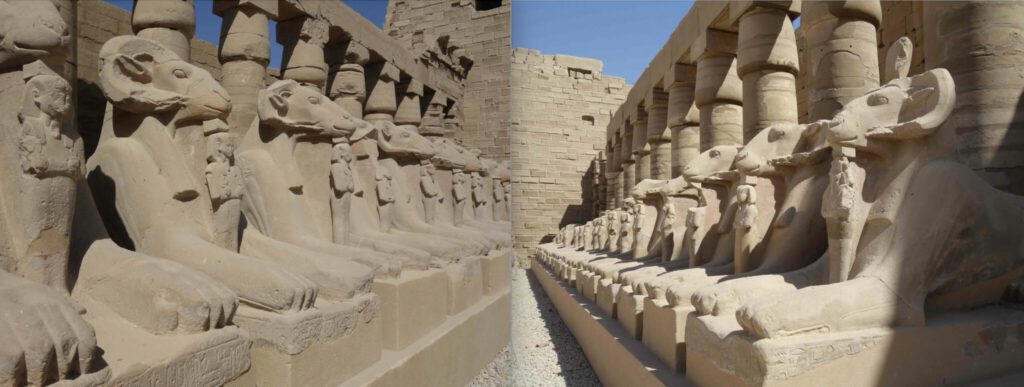
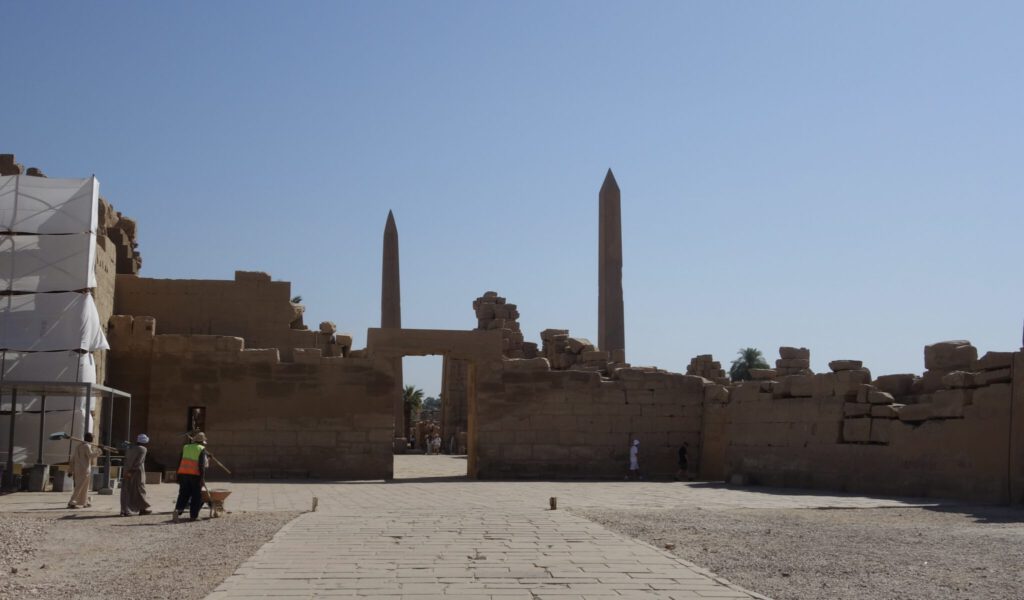
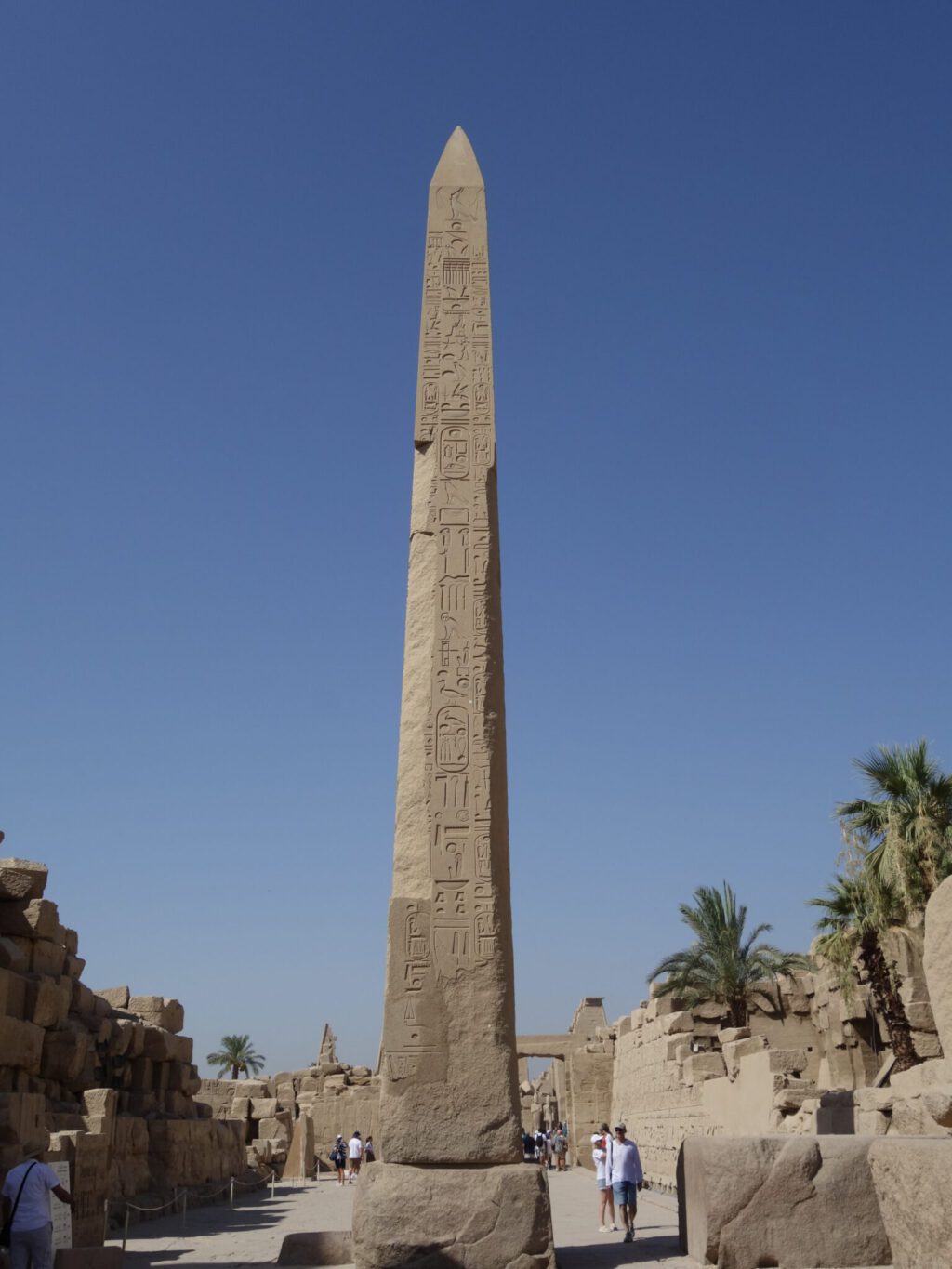
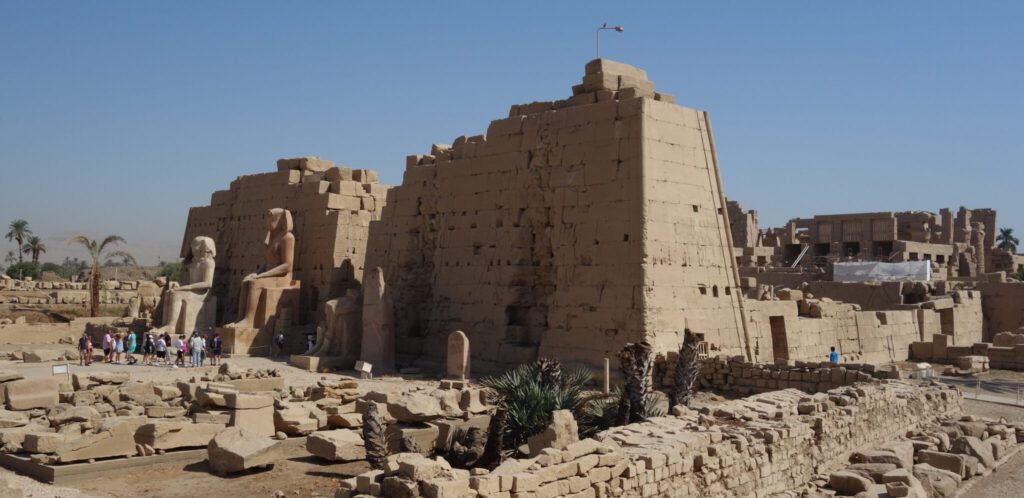
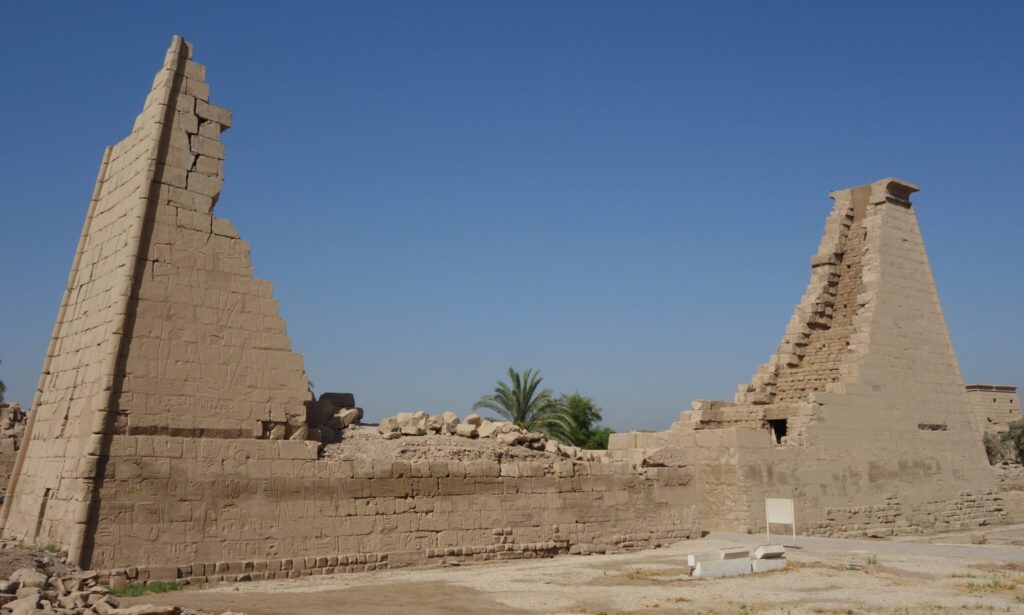
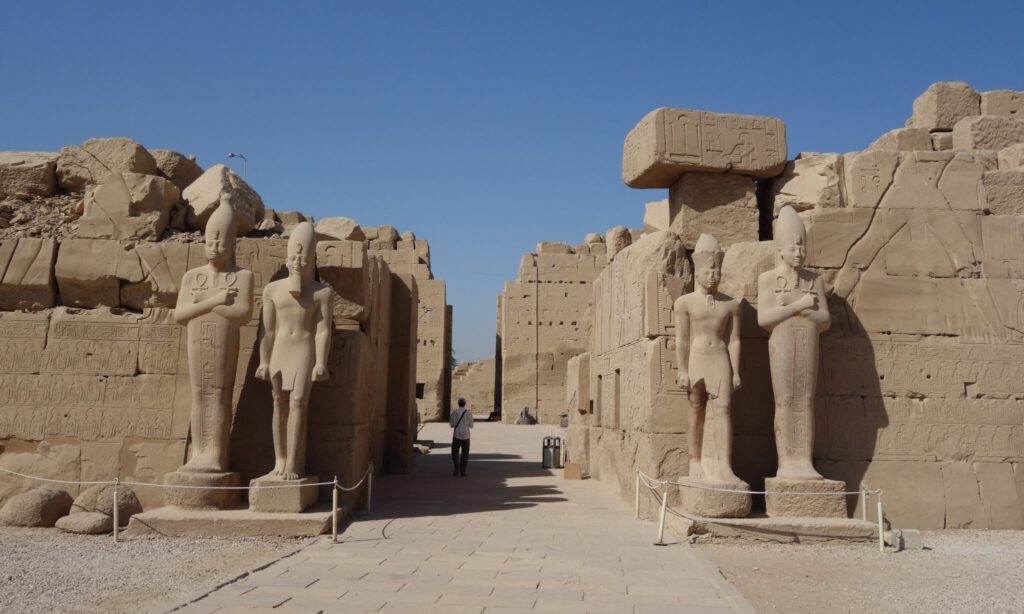
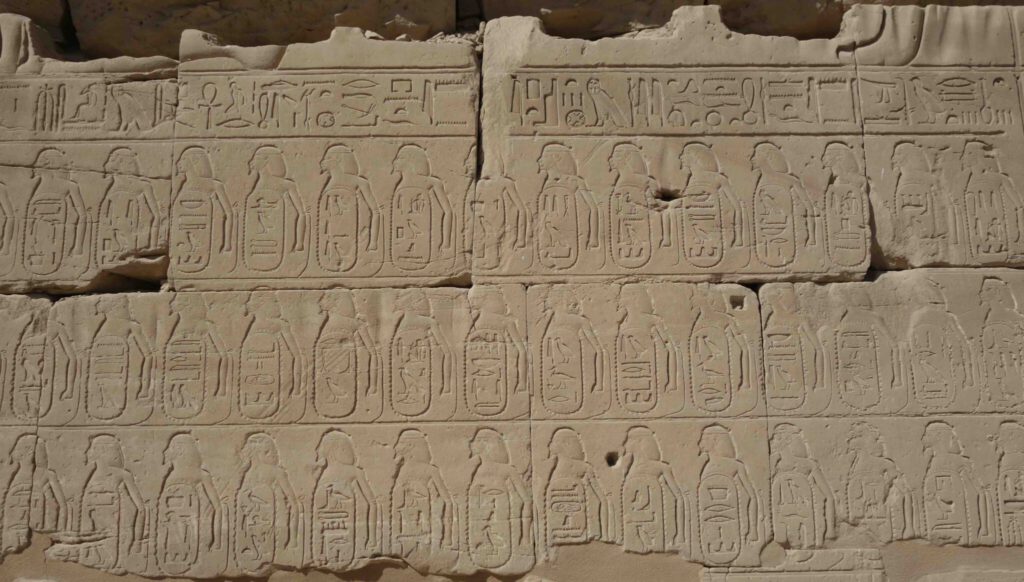
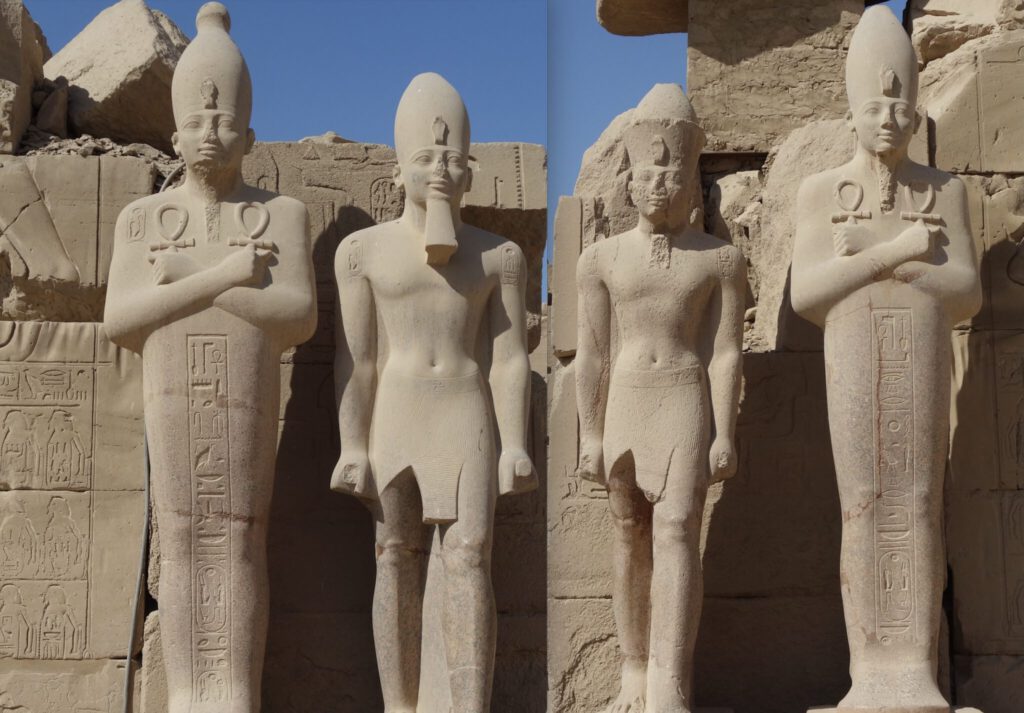
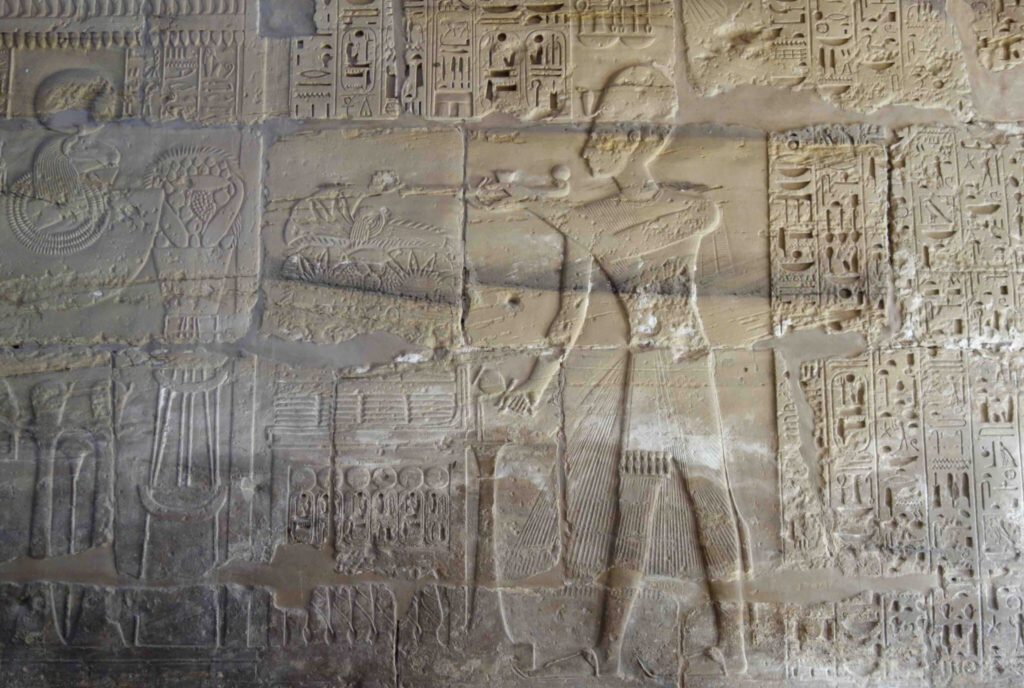
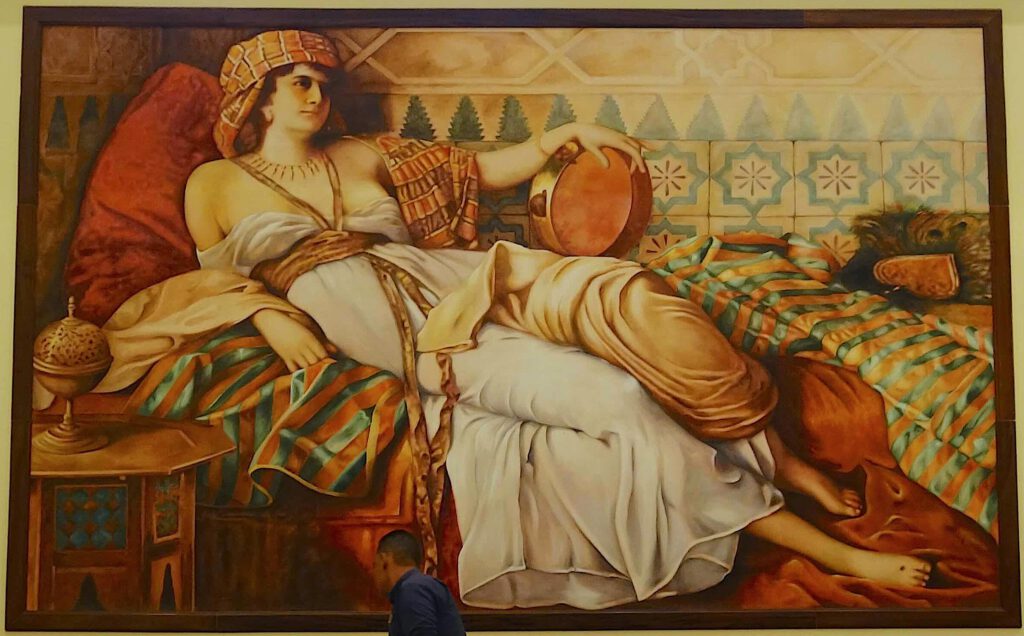
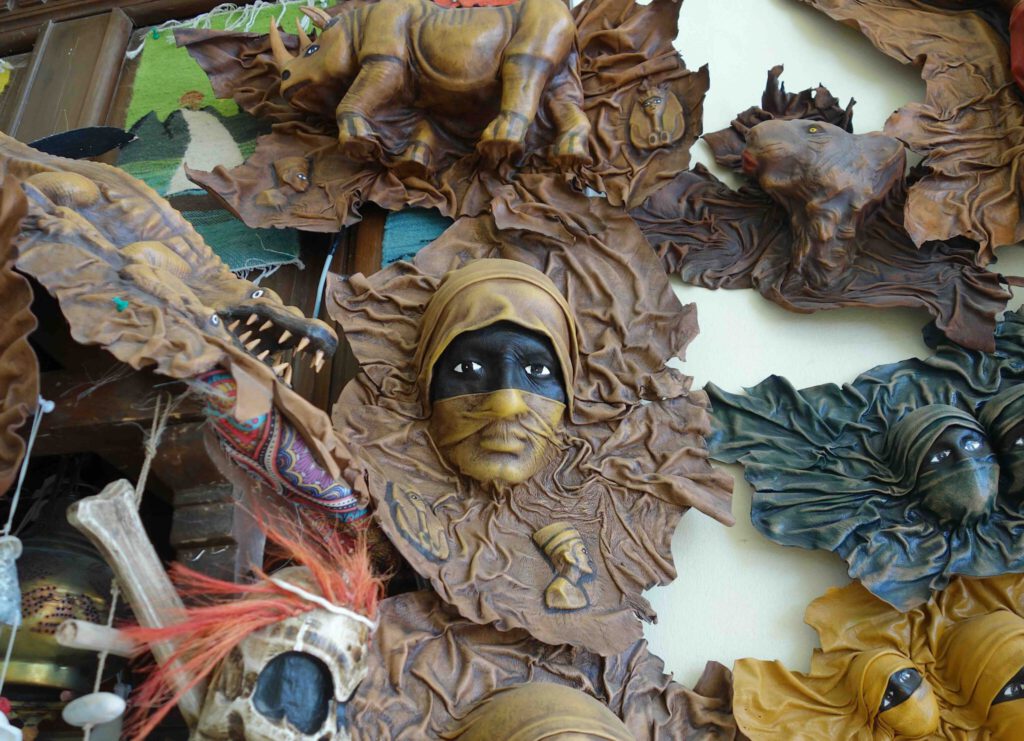
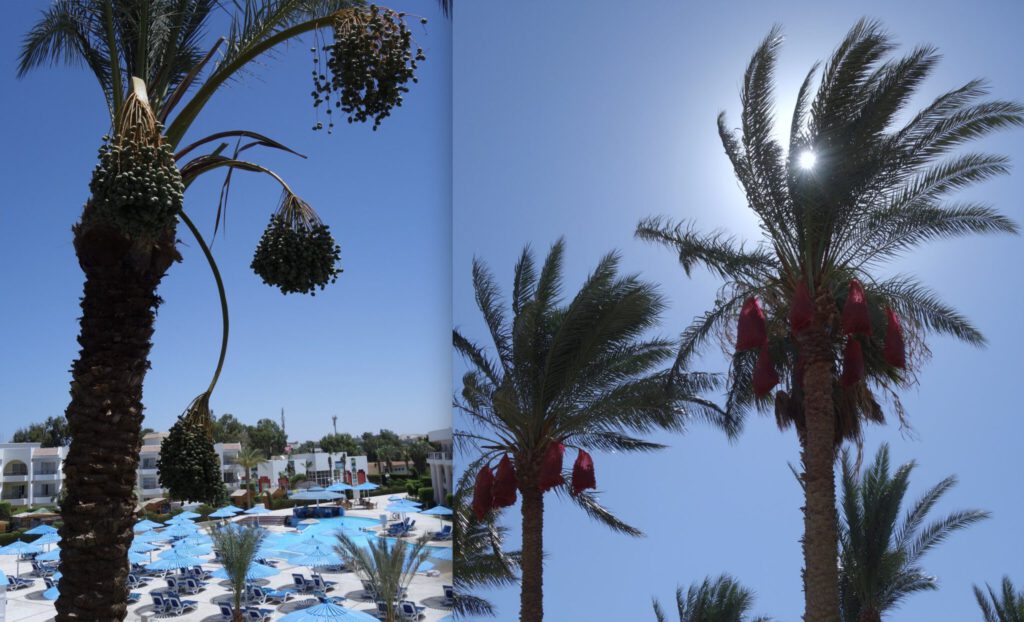
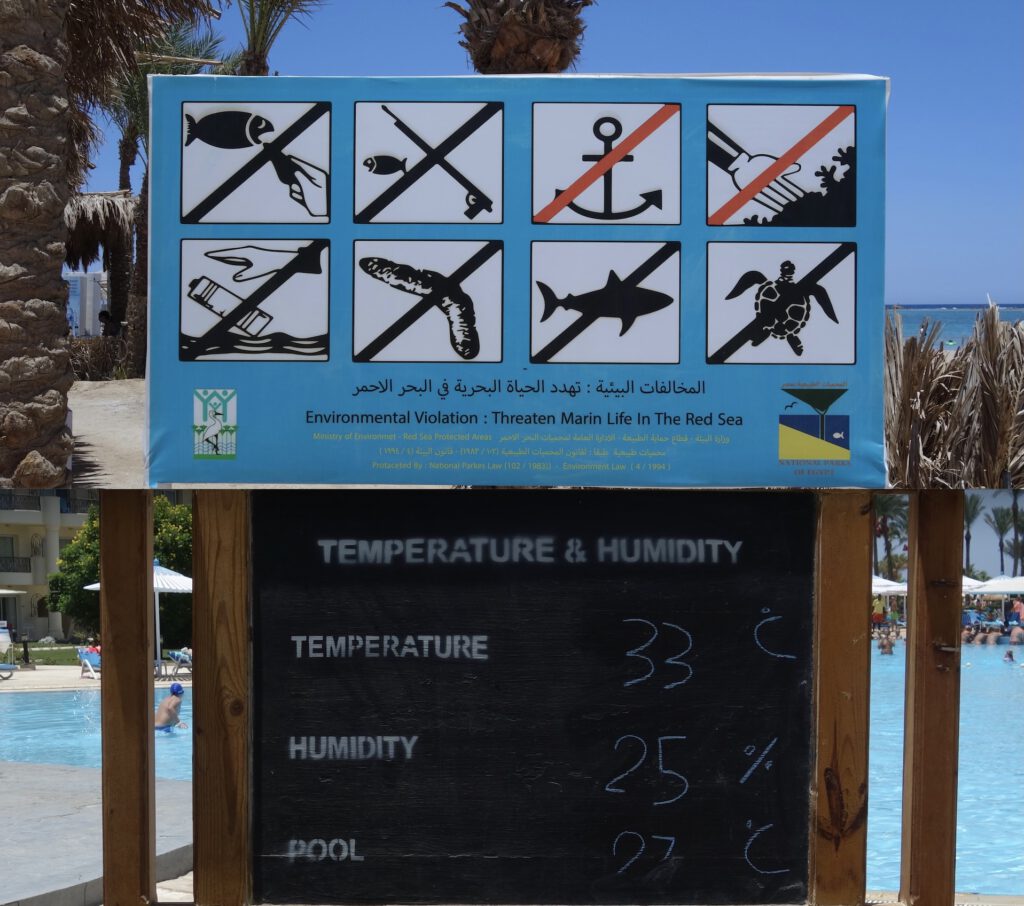
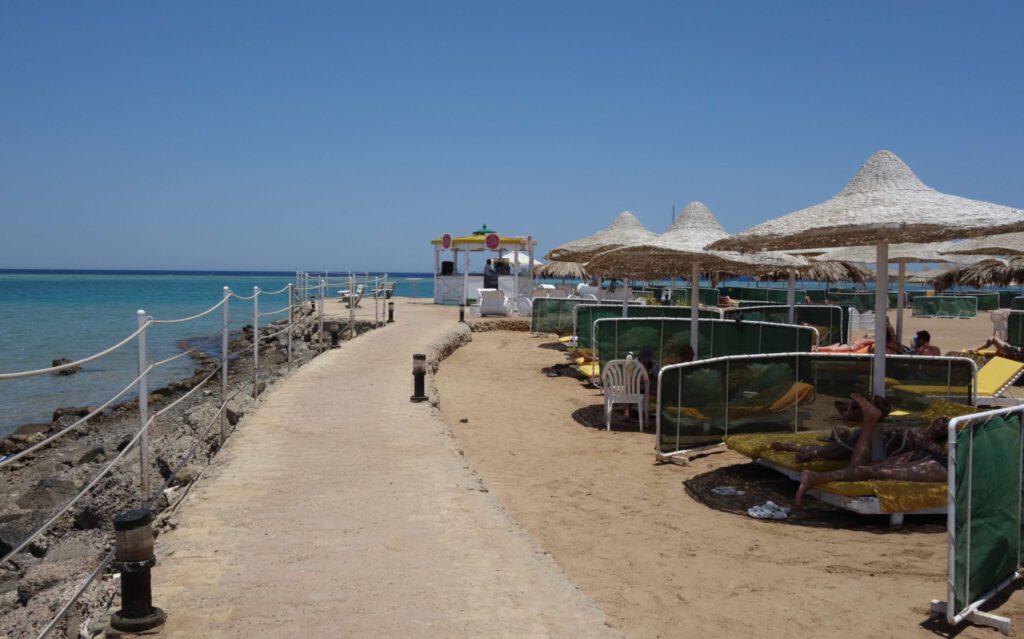
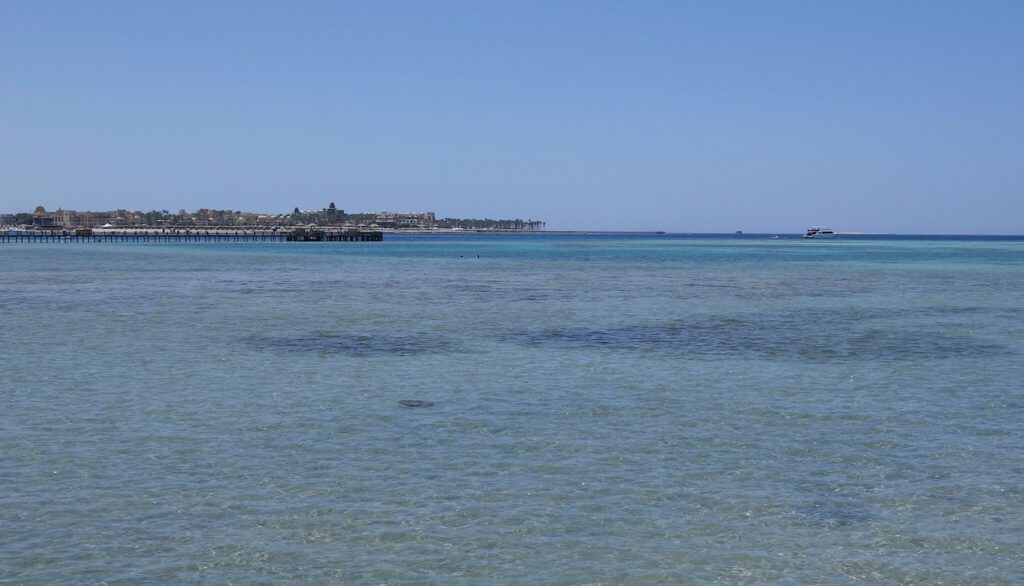
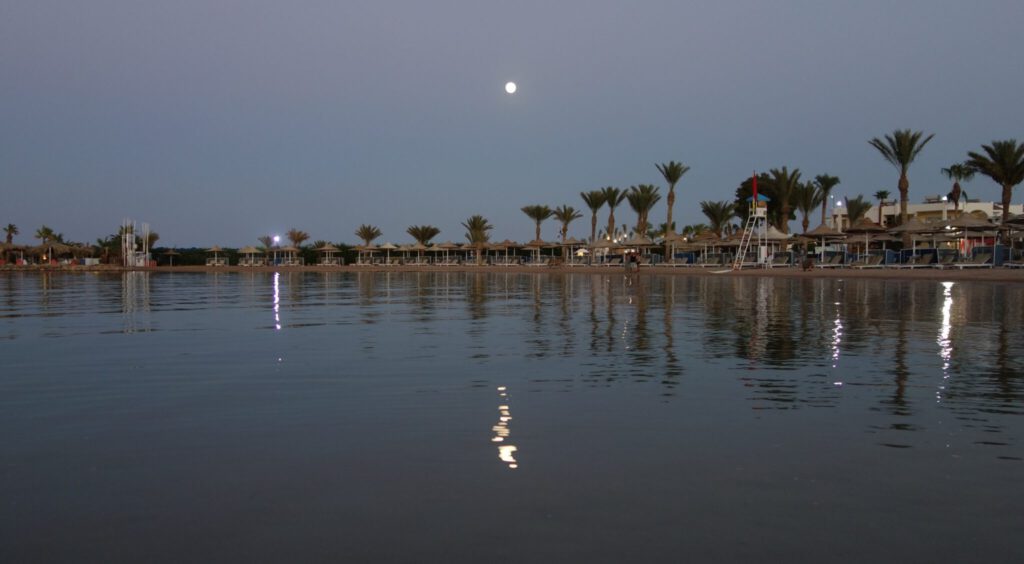
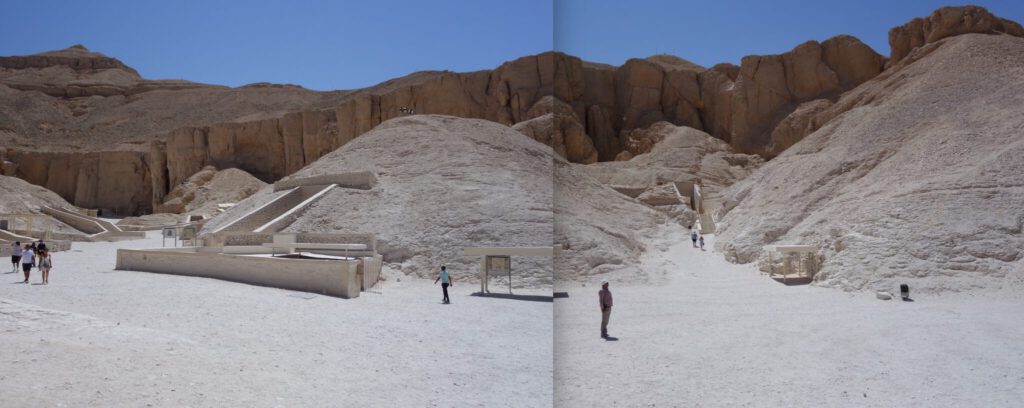
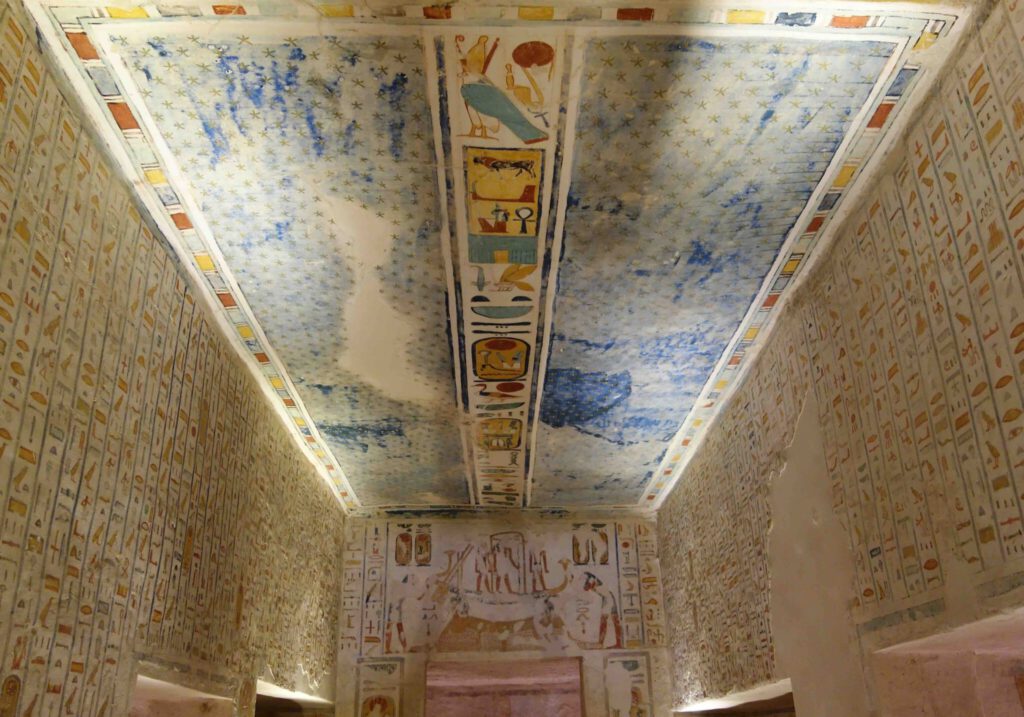
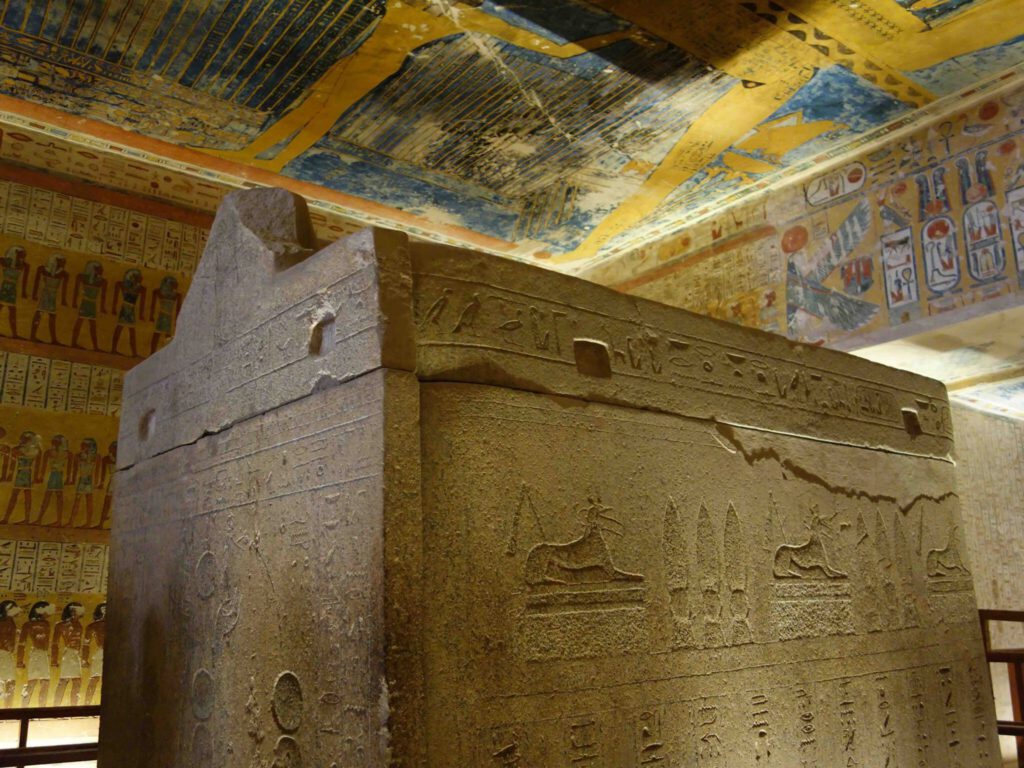
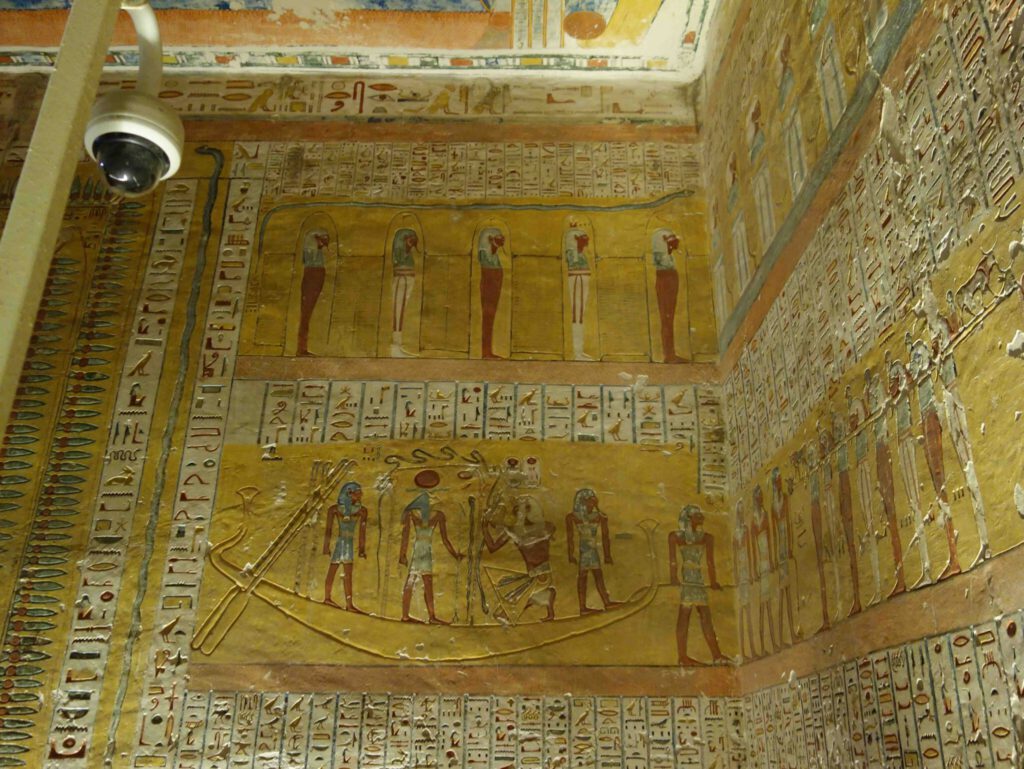
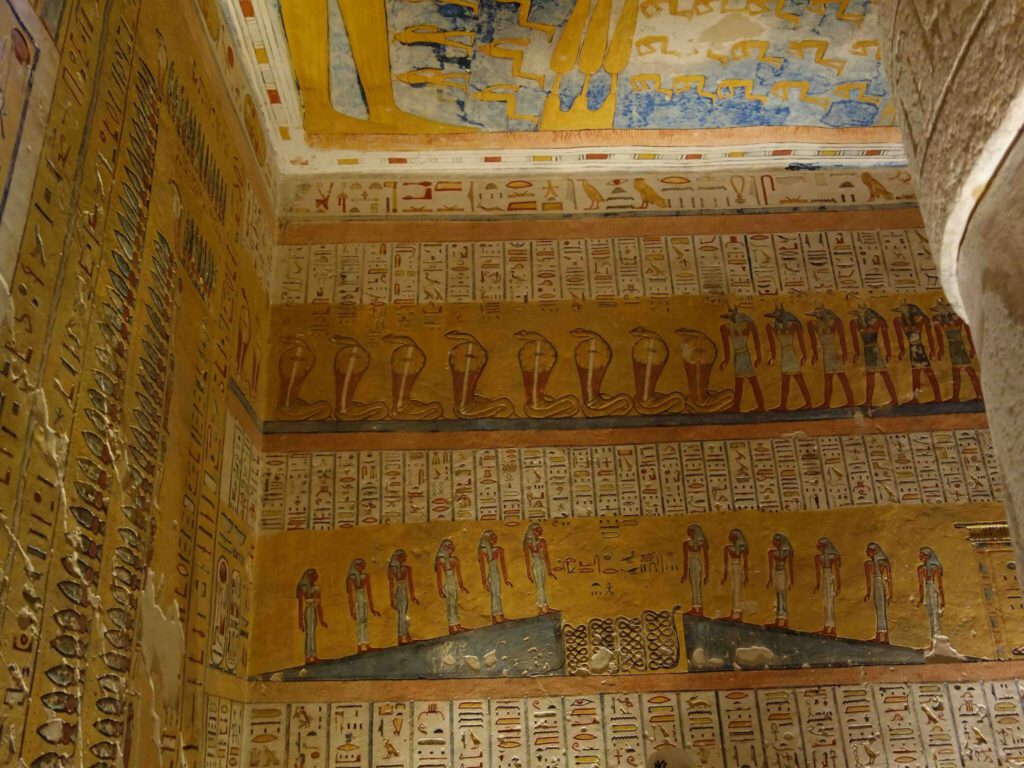
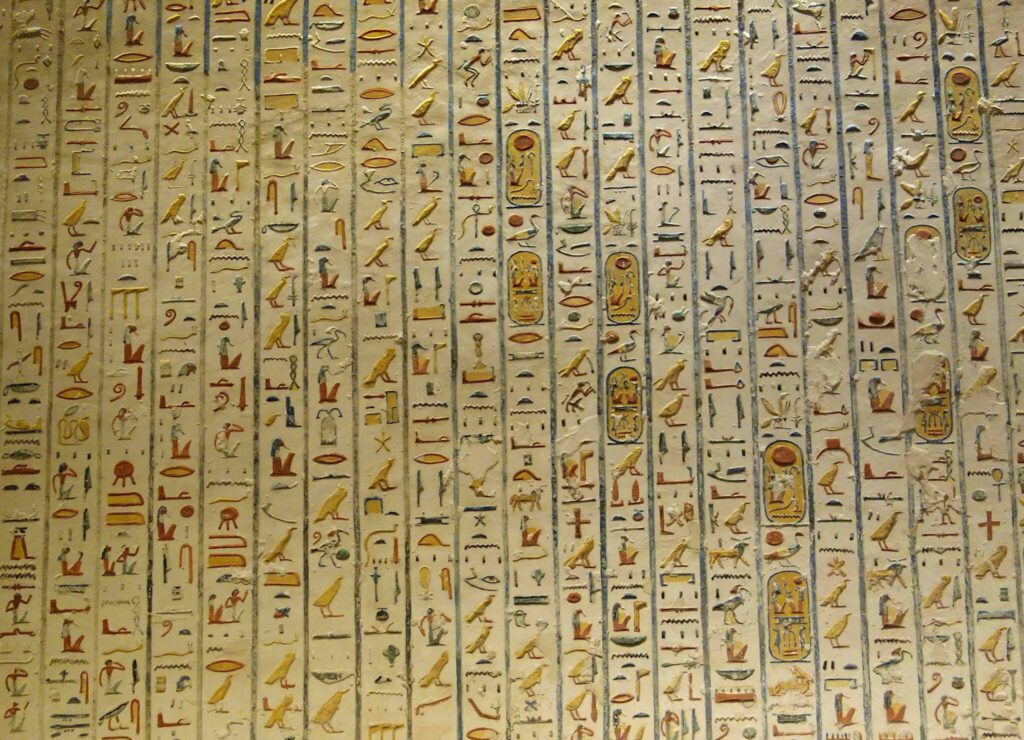
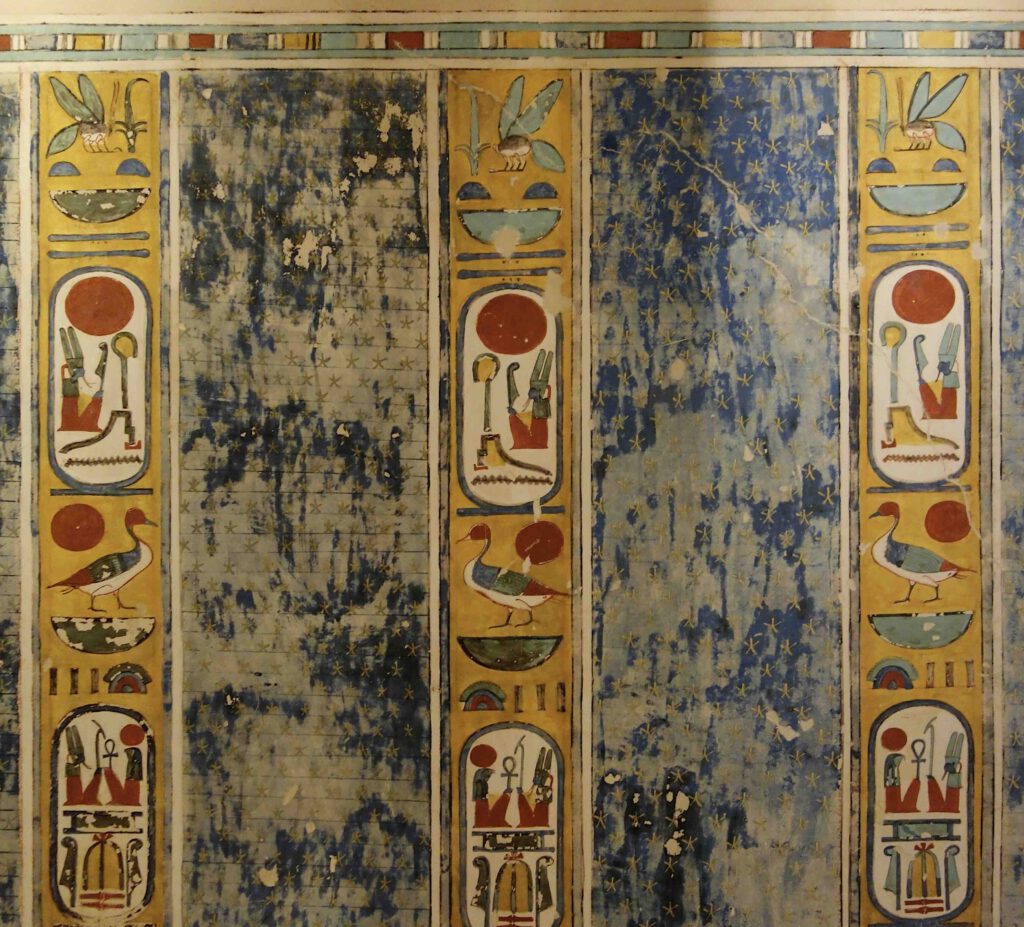
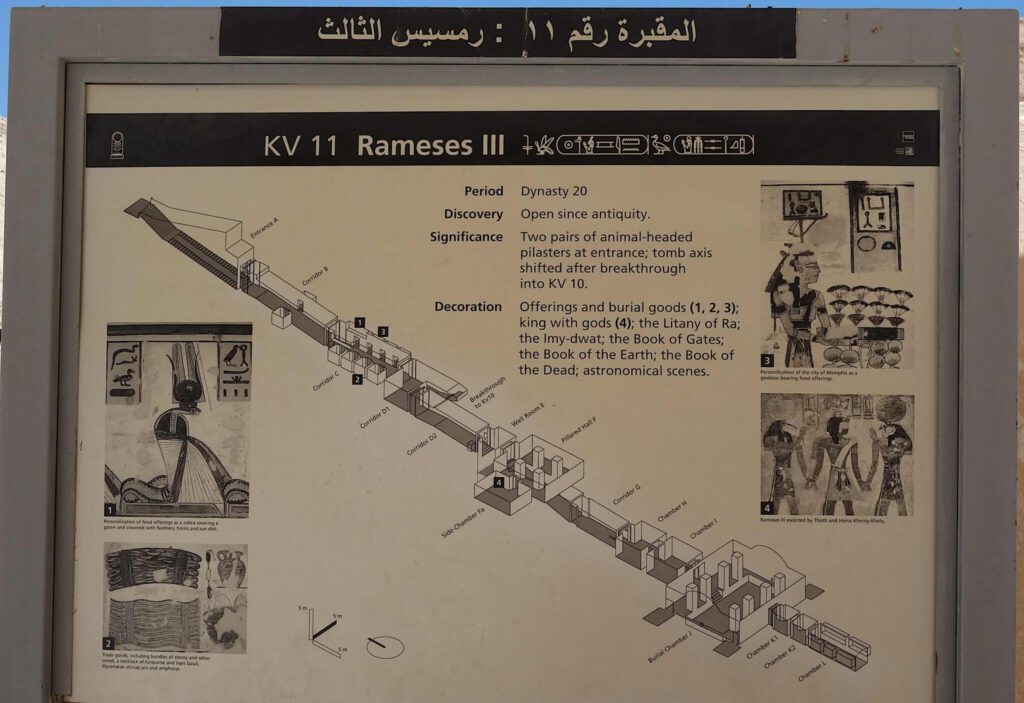
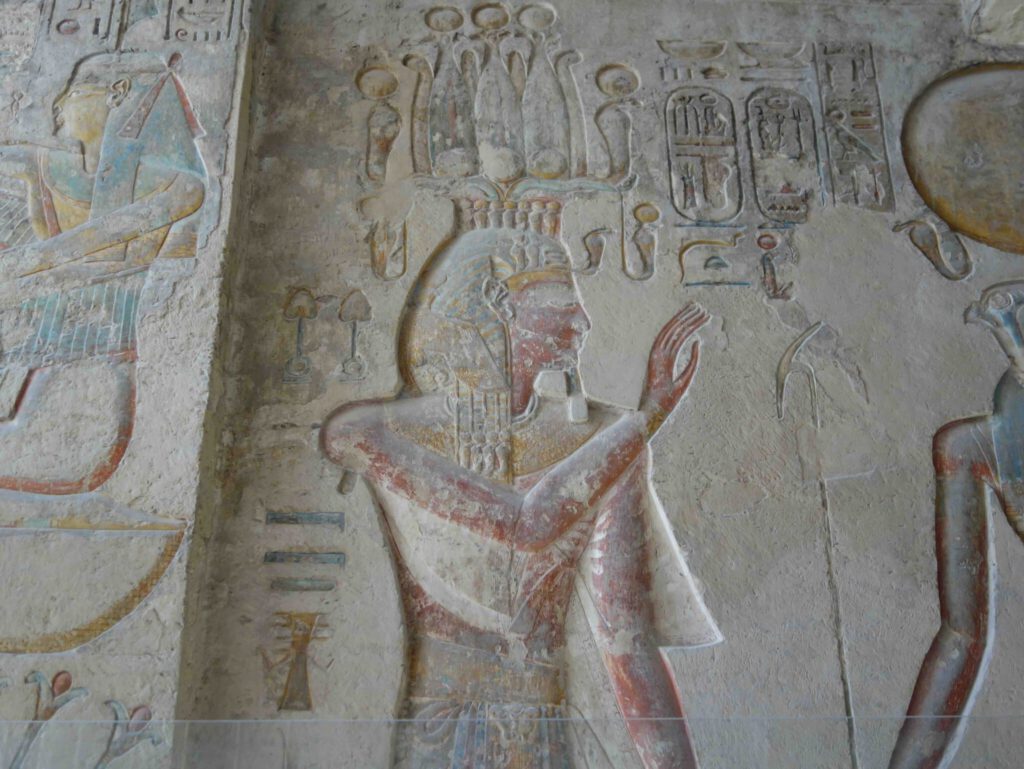
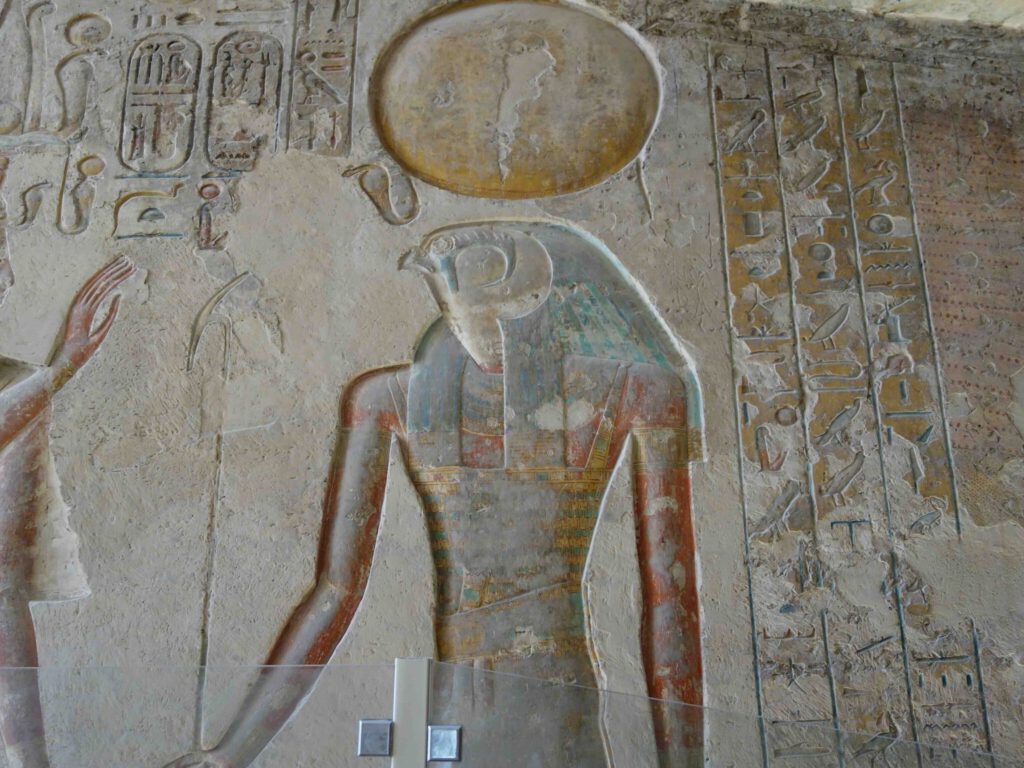
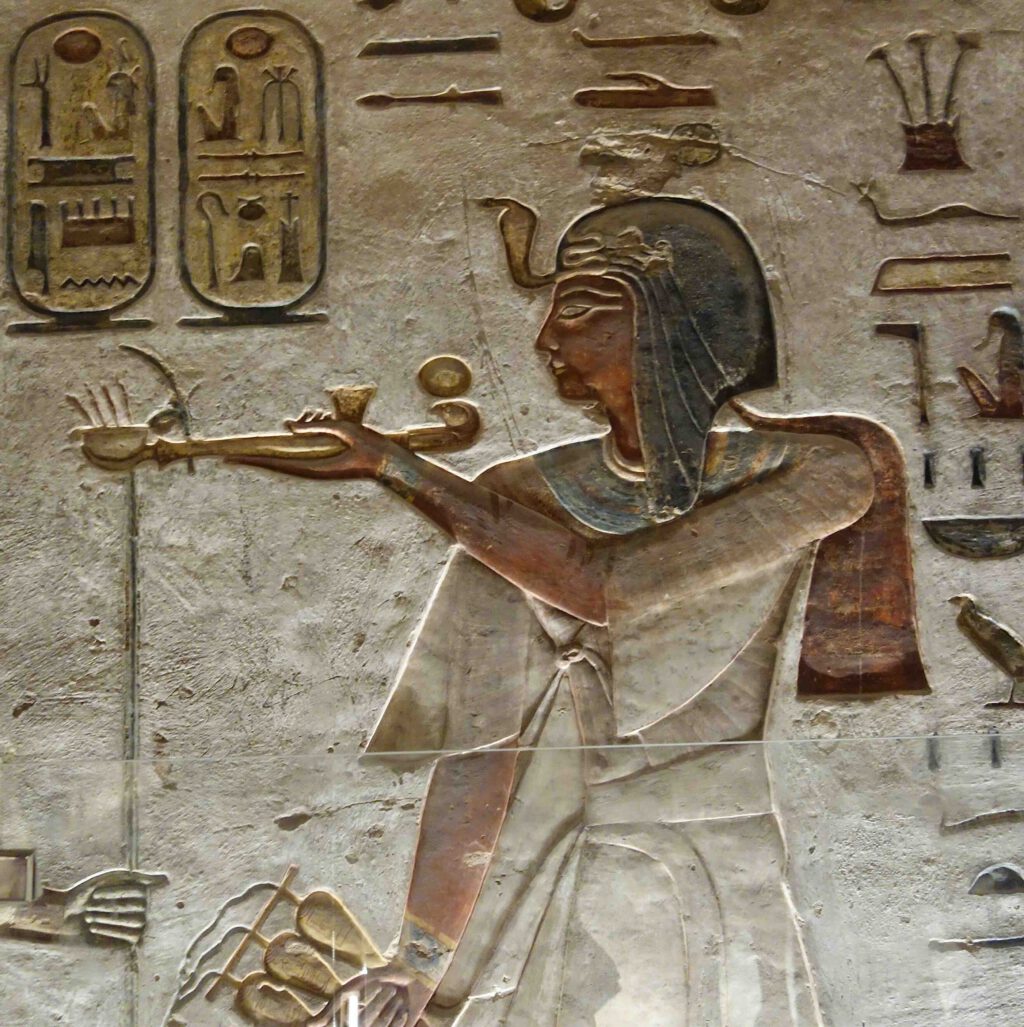
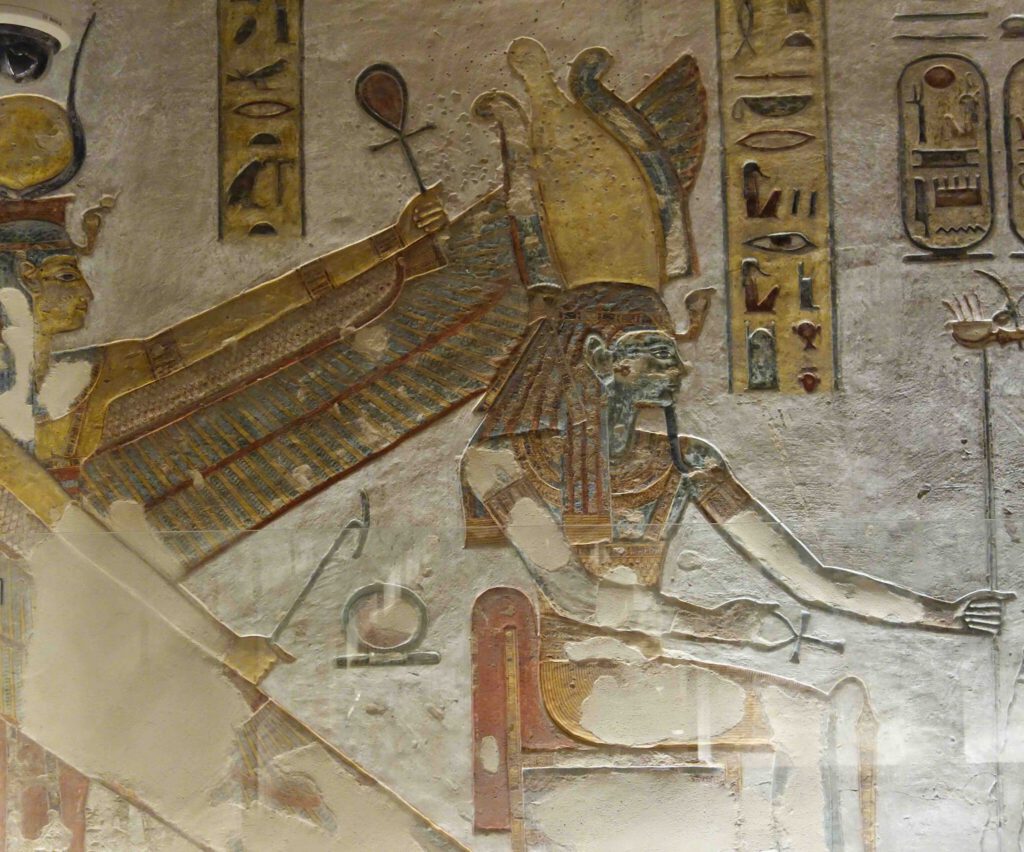
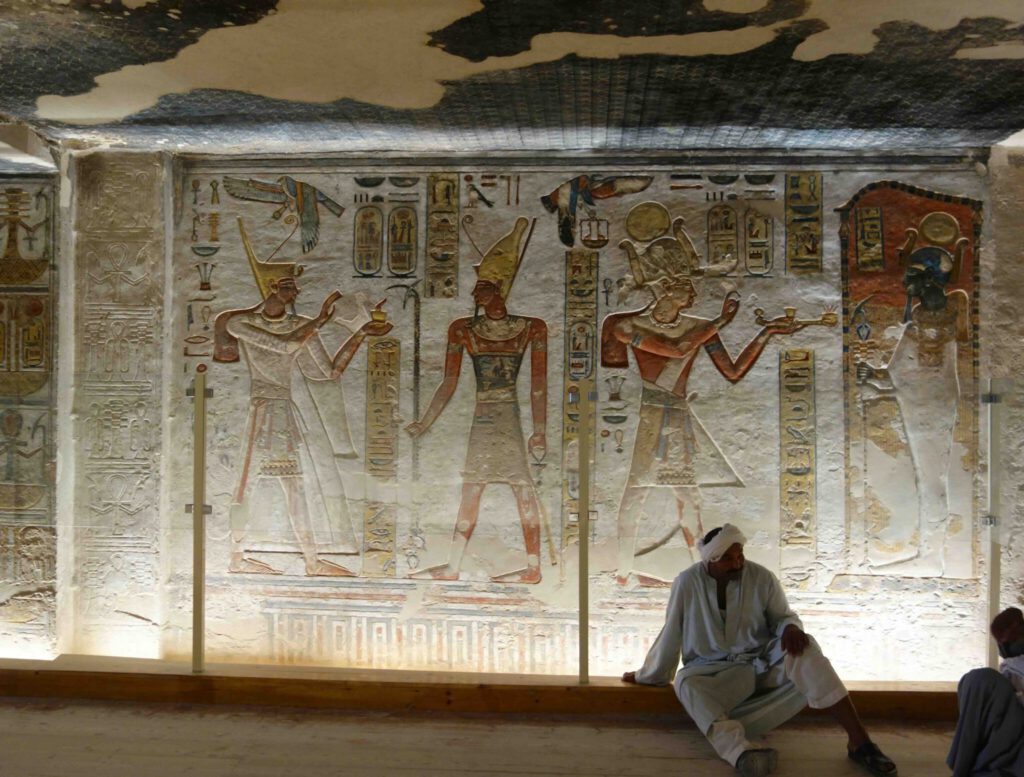
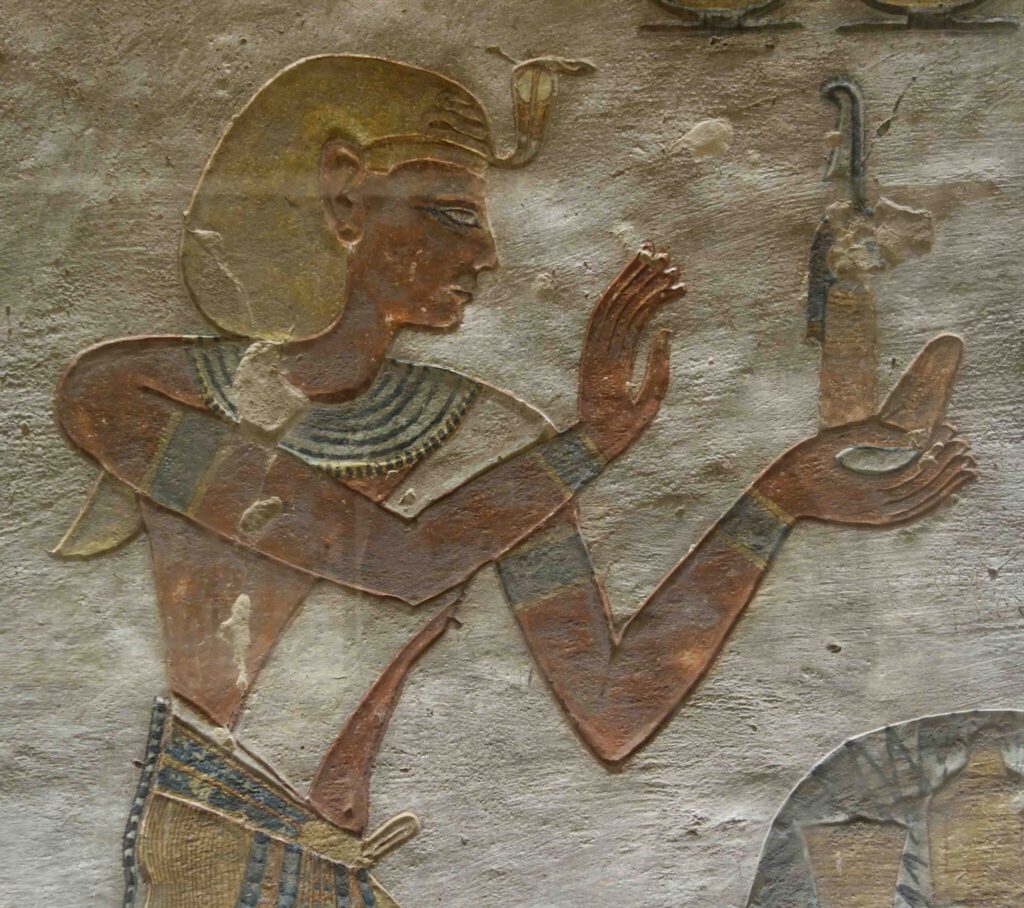

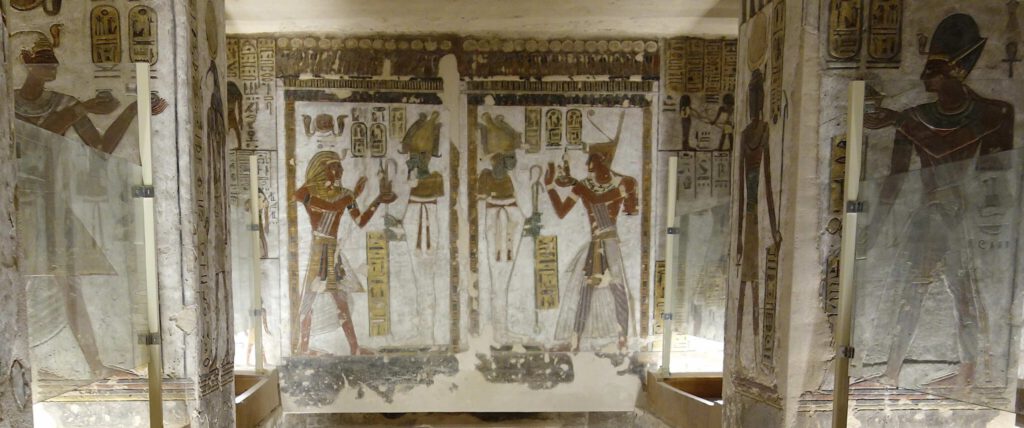
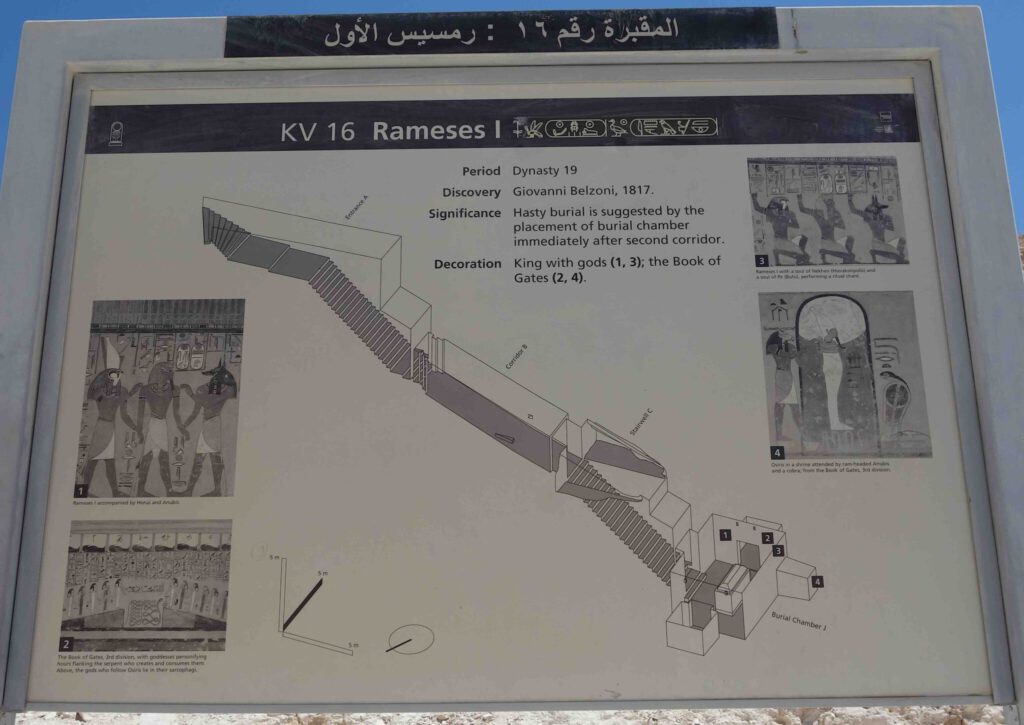
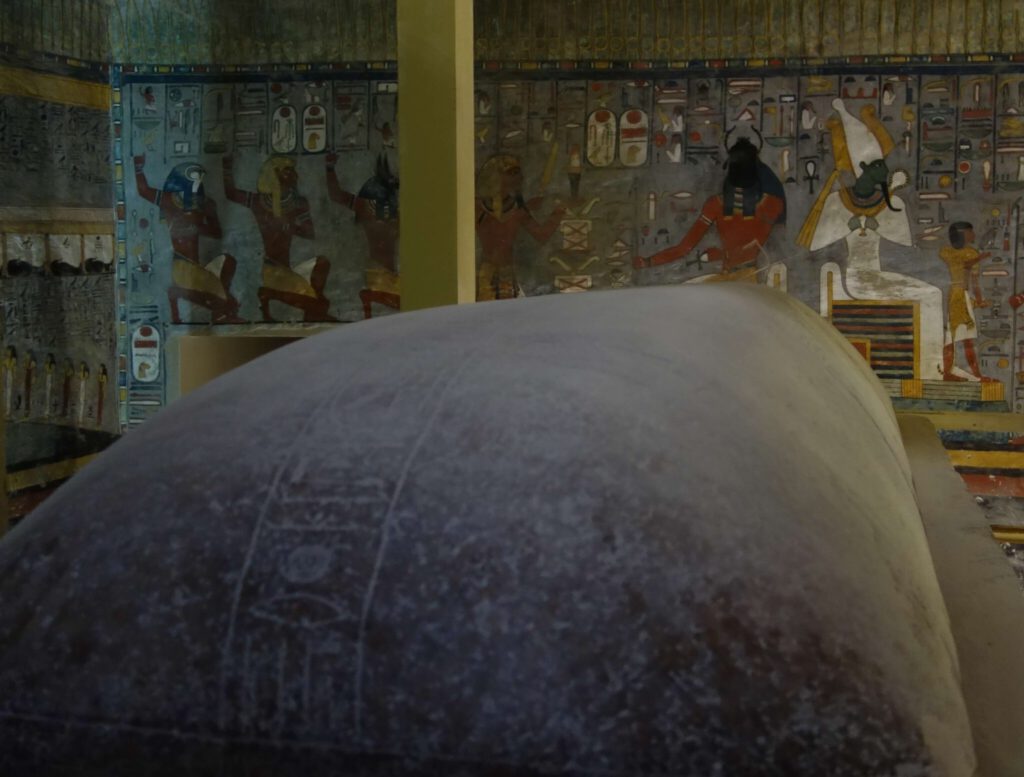
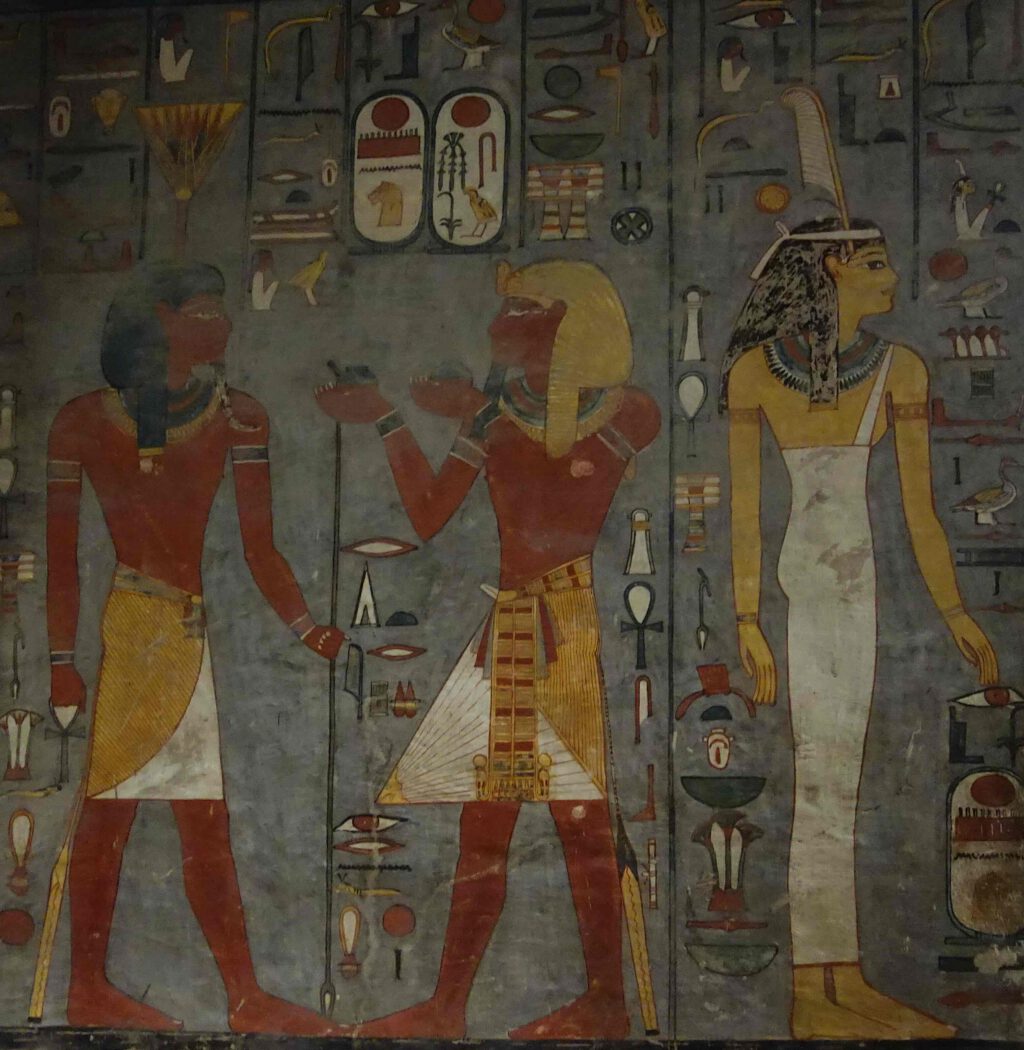
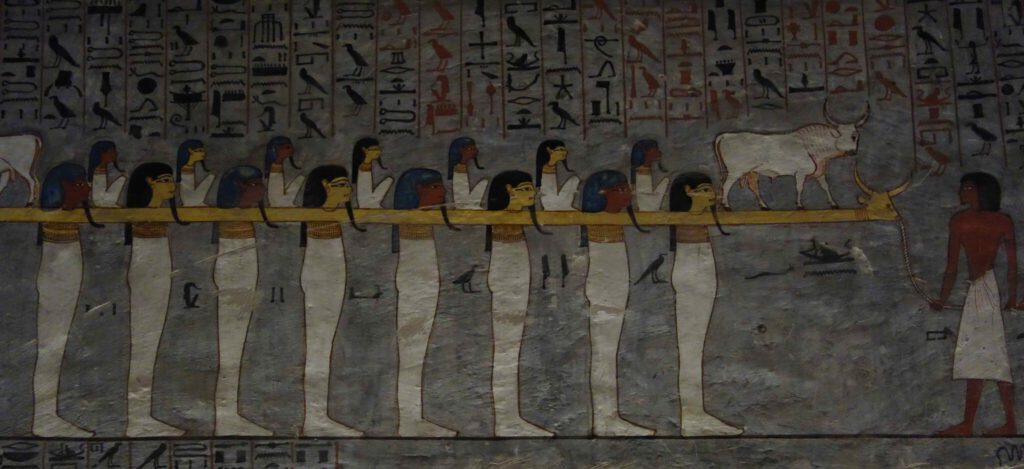
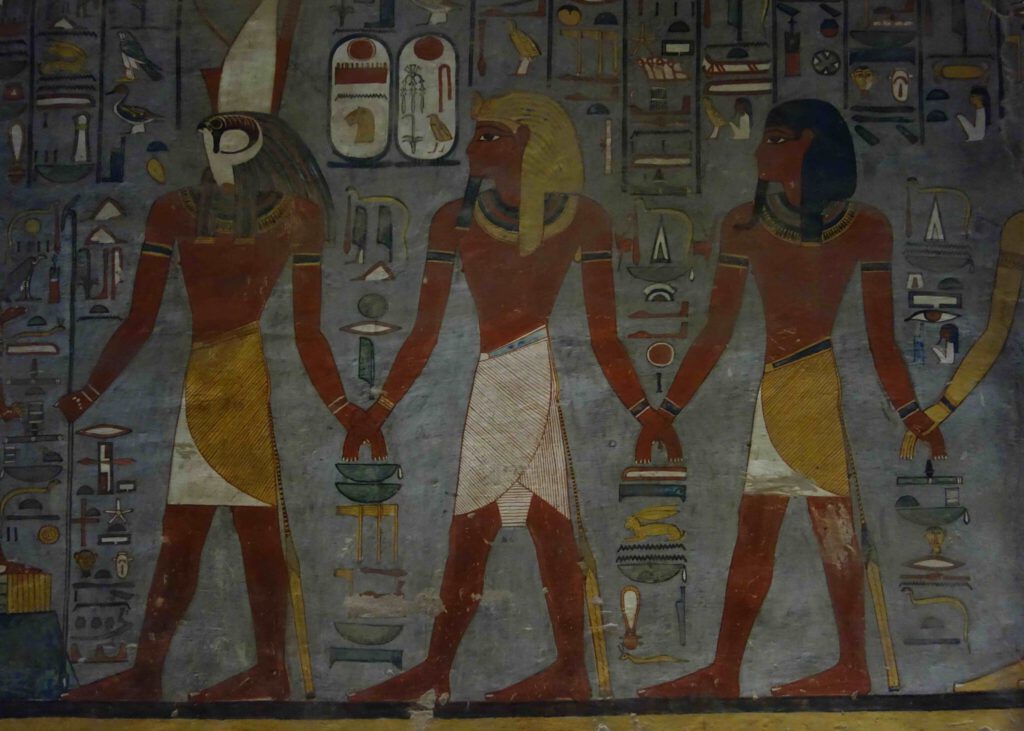
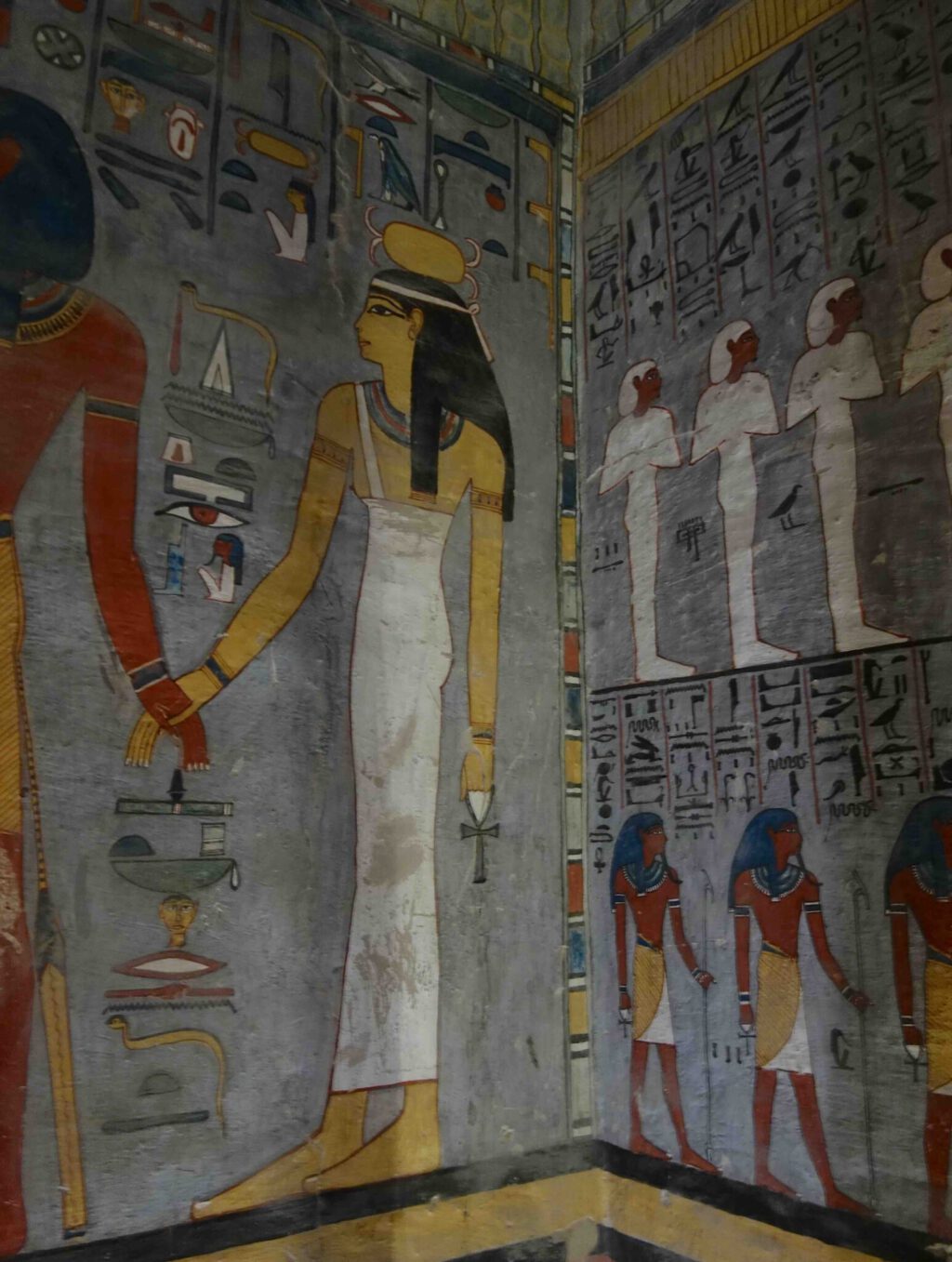
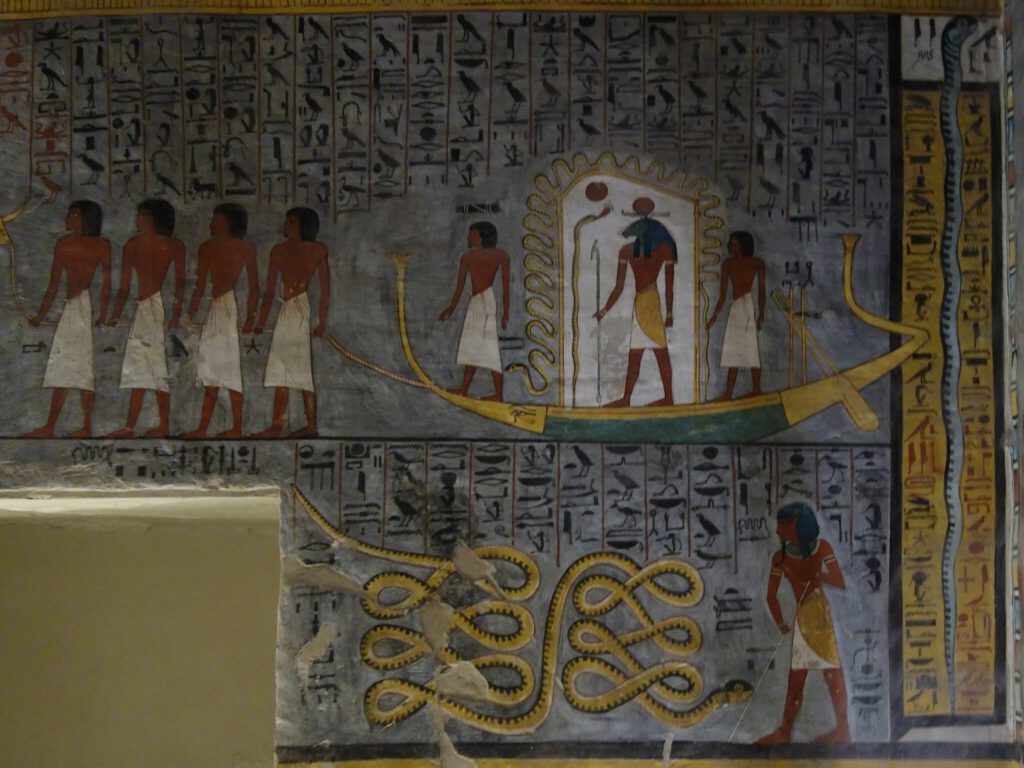
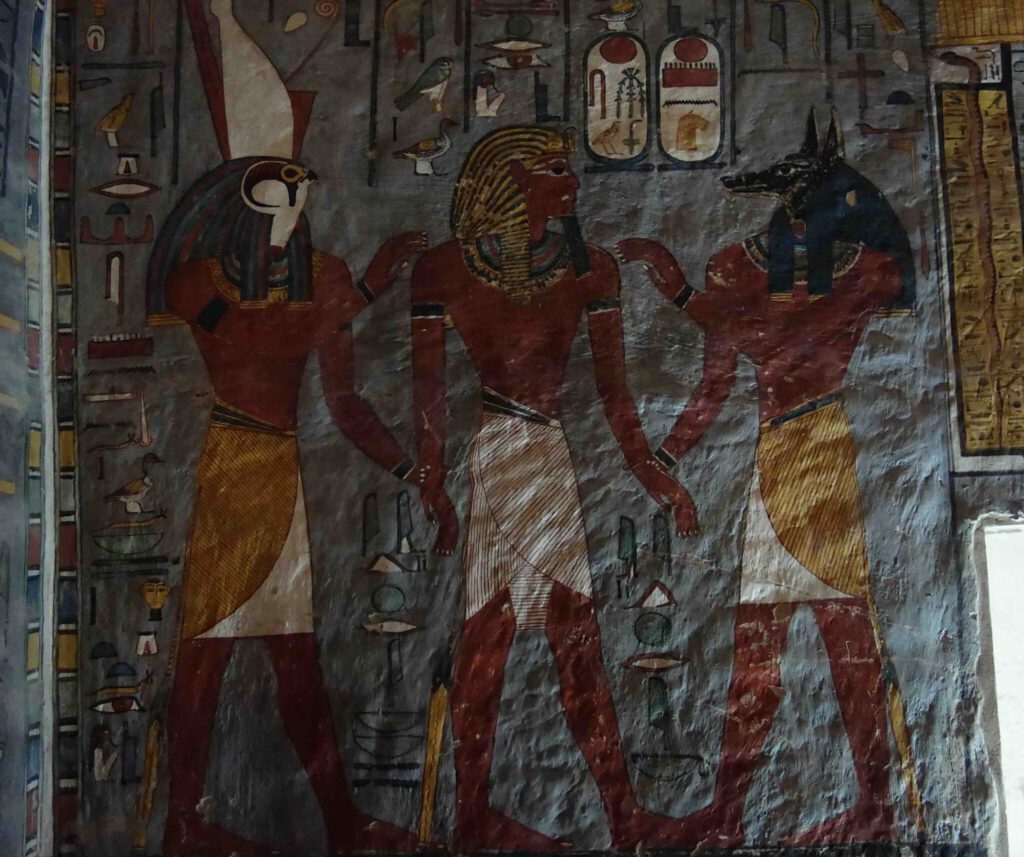
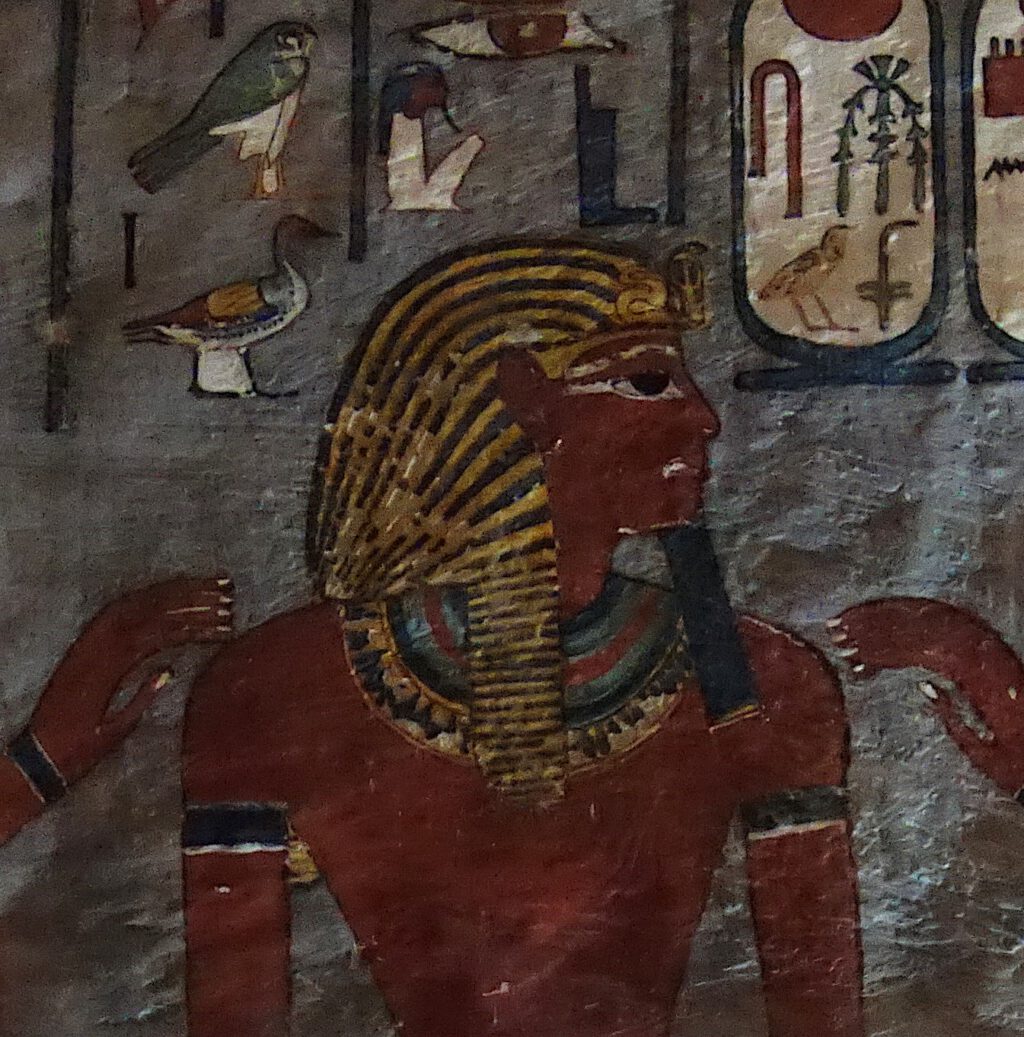
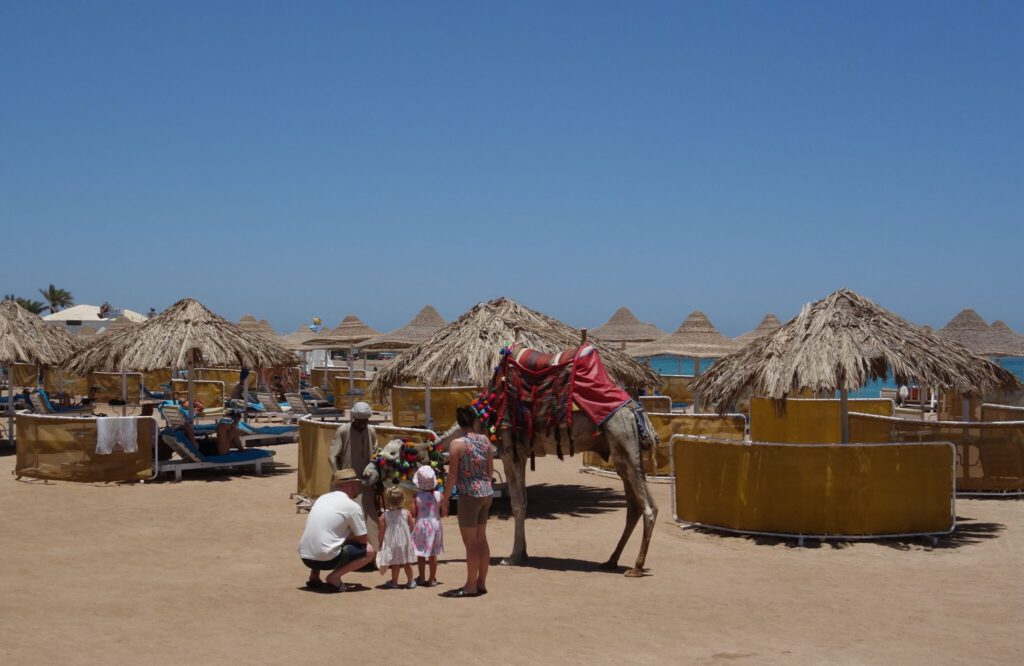
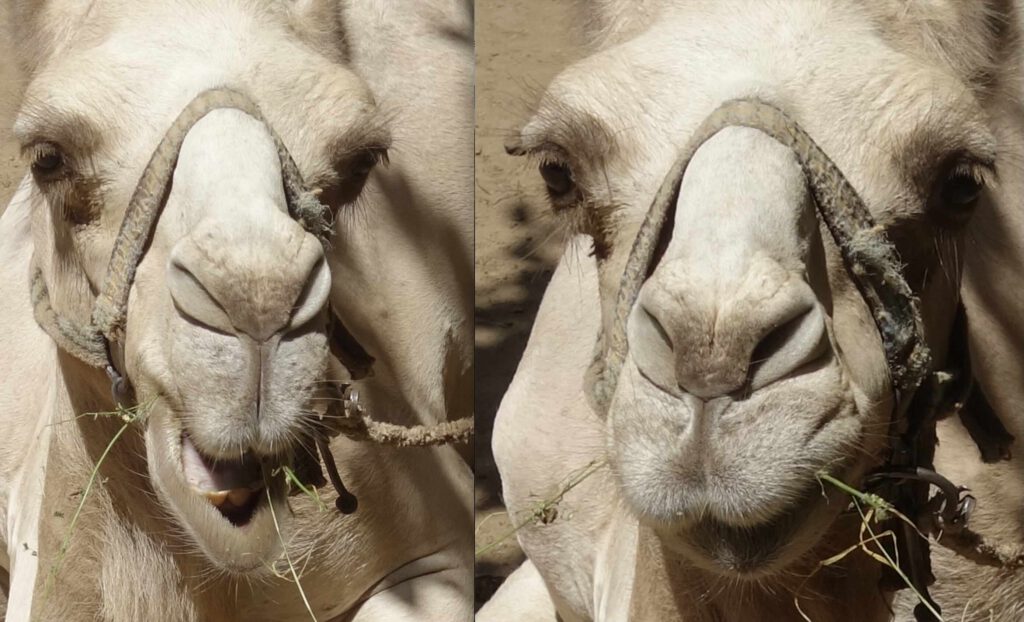
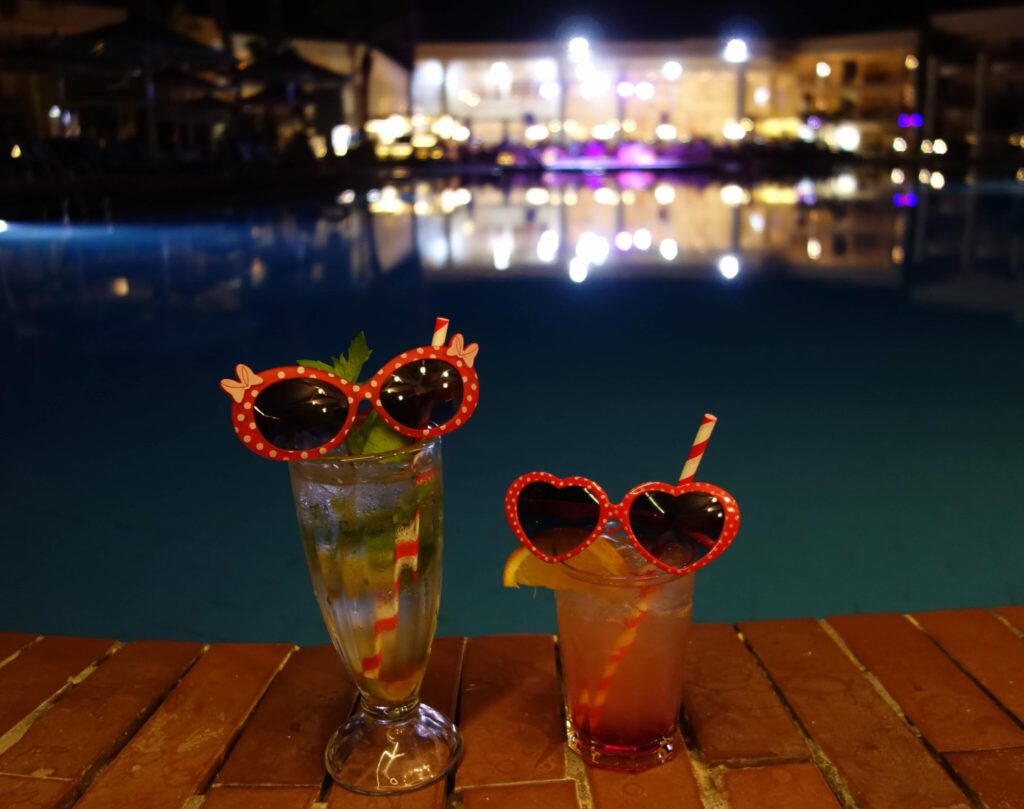

Belly dancing
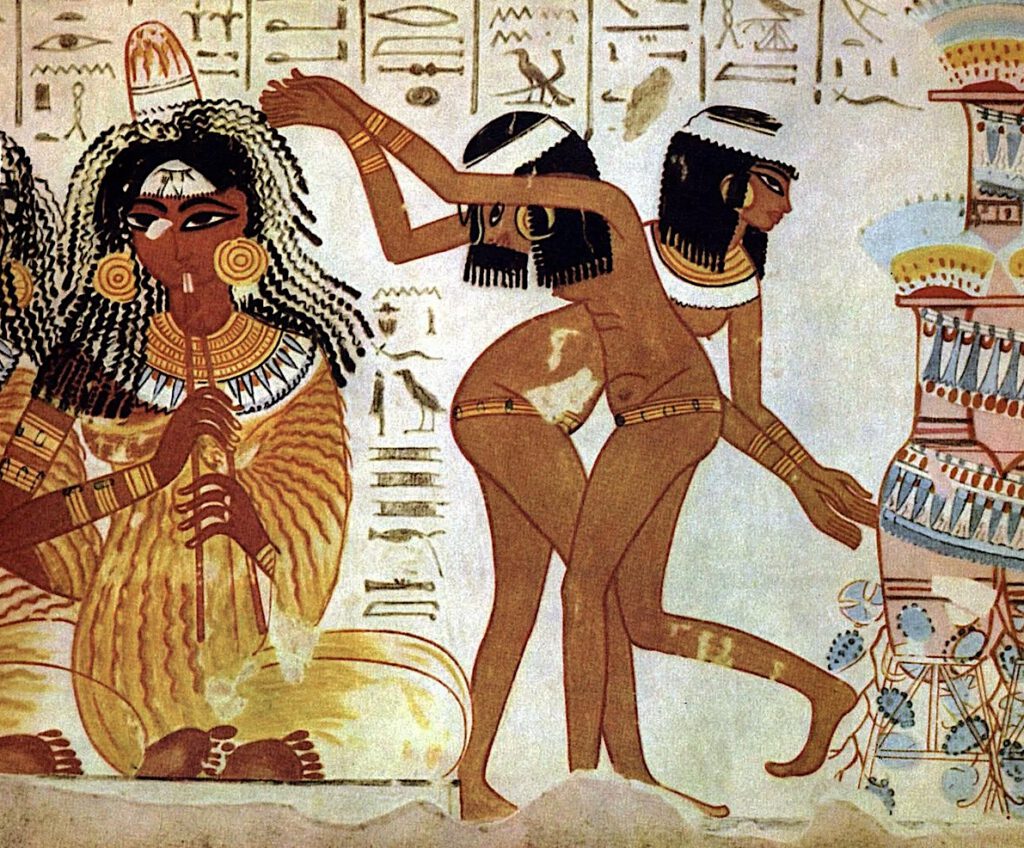
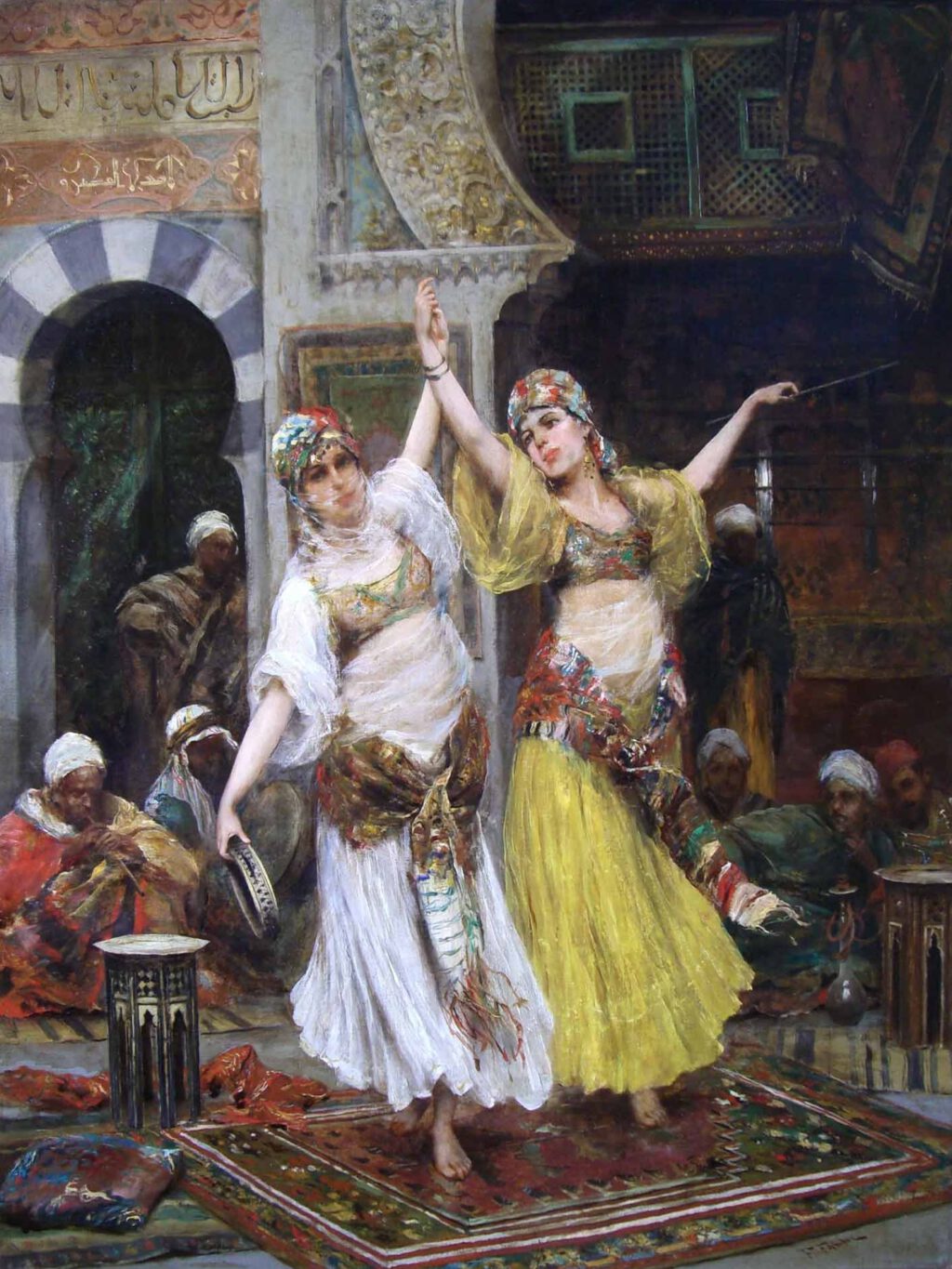
Belly dancing is widespread in Egyptian culture and as ubiquitous as the pyramids. Some say it dates back to the time of the pharaohs. It reached its peak in the 1940s, when Cairo was a place of free thought, art, and pleasure.
In a country of 111 million inhabitants, oriental dance is a paradox: it is loved—and despised. Women are expected to master it, but not publicly.
Egyptian women who dance in public can lose their reputation, their jobs, and their families. Their dancing, it is said, violates public morals.
The dance is a full-body workout. Those who master it can activate up to 100 muscles individually. For example, the rectus abdominis and obliques, the lower back muscles, and the gluteal muscles. Also important are the forearm and hand muscles, important for graceful gestures, the inner and outer thighs, and even the neck and facial muscles. Facial expressions and head posture must be just right. Dance thrives on good body tension.
Young Egyptian women are fighting to reclaim belly dancing as a proud symbol of their cultural heritage. A new generation of choreographers has emerged to train dancers and reshape perceptions of the art form. They hope to list belly dancing on UNESCO’s Intangible Cultural Heritage register.
With 4 million views, I highly recommend you watch this short belly dance performance by Lavanya Das Manikpuri, who hails not from Egypt, but from Chhattisgarh, India.
https://www.instagram.com/p/DKe7wihA6mU/

Nefertiti
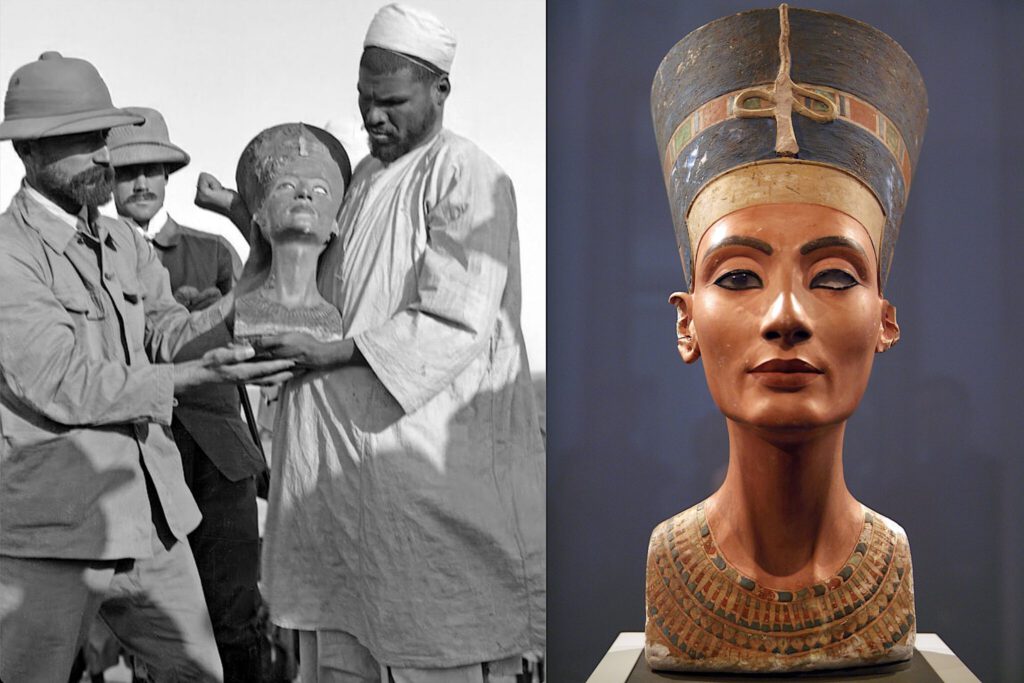
In this text about my trip to Egypt, I should also express my thoughts on world-famous Nefertiti.
A lot of nonsense has been and continues to be written about Nefertiti.
One can really feel sorry for her, as she has to put up with popular scientific treatises.
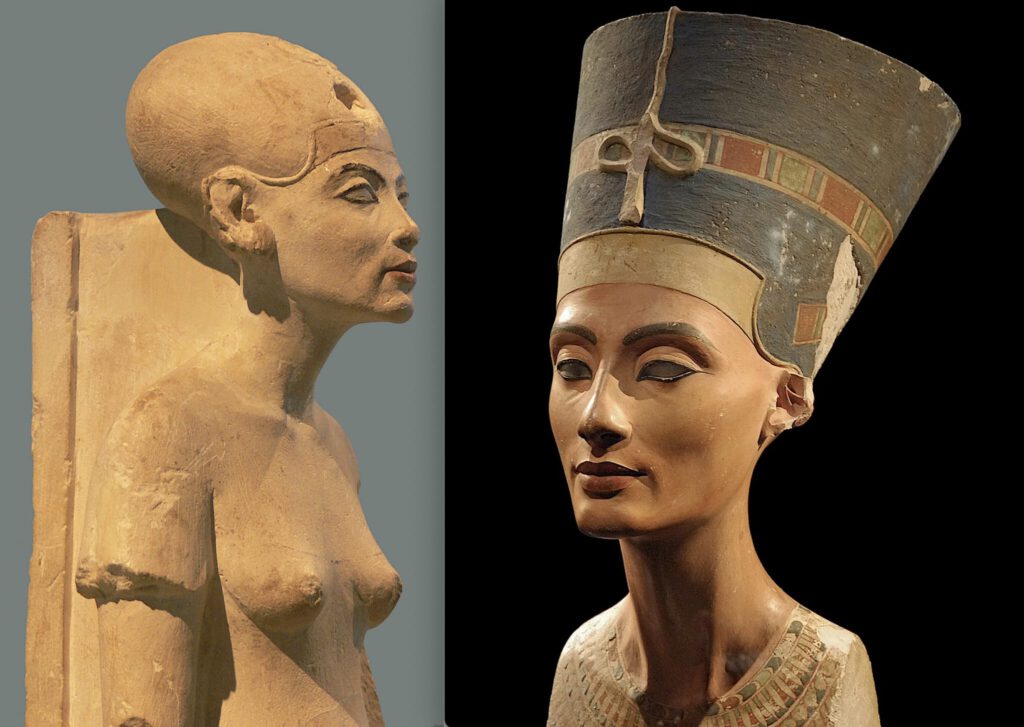
It starts with Joe Rogan and his aliens and ends with ‘woke’ postcolonial empowerment, which in turn seems misleading. Woke, which originally stems from Black political activism, has been used by right-wingers for several years as a battle cry against cultural products or left-wing political demands.
Nefertiti is also being instrumentalized for the racially oriented “white-black” discrimination grid.
From a postcolonial perspective, the racist topos of Black inferiority is supposed to be turned into its opposite: empowerment. This is much to the annoyance of Egyptians, who also see this as an appropriation of their cultural heritage. When Netflix released a series about Cleopatra VII in 2023, in which the Egyptian queen was portrayed by a black actress, people in Egypt were anything but pleased. Similarly, singer Beyoncé drew criticism when she appeared dressed as Nefertiti at the Coachella Festival in 2018.

In Beyoncé’s case in particular, one might ask which collective is actually being represented here: black people, light-skinned people, the United States, or the American pop music industry? The idea that terms such as ‘black’ and ‘white’ do not refer to skin colour but to social affiliations is woke, dangerous fatalism. Black = poor and oppressed. White = ruling and exploitative. Beyoncé is praised as a black woman for her portrayal of blackness. The replacement of the biological with the sociological is precisely not taking place, which is also evident in the fact that the singer appeared as a queen (ruler, exploiter, perpetrator of violence, etc.): The symbolic identification with Nefertiti is disproportionate to the egalitarian social critique.
The idiocy of the American entertainment industry is in full swing, deliberately ignoring the findings of international Egyptology research. The American show business disqualifies and discriminates, above all, against Egyptology in Egypt, against local Egyptologists. A disgrace, extremely dangerous, and harmful to humanity. Conspiracy theory myths follow an American interpretation that marginalises Egypt’s contribution to the development and preservation of the Pharaonic heritage. As if the Egyptians had never cared about their own country, Egypt.
By ancient Egyptian standards, Nefertiti was therefore neither ‘white’ nor ‘black’, but simply an ordinary Egyptian woman.
The colour of skin has absolutely no relevance.
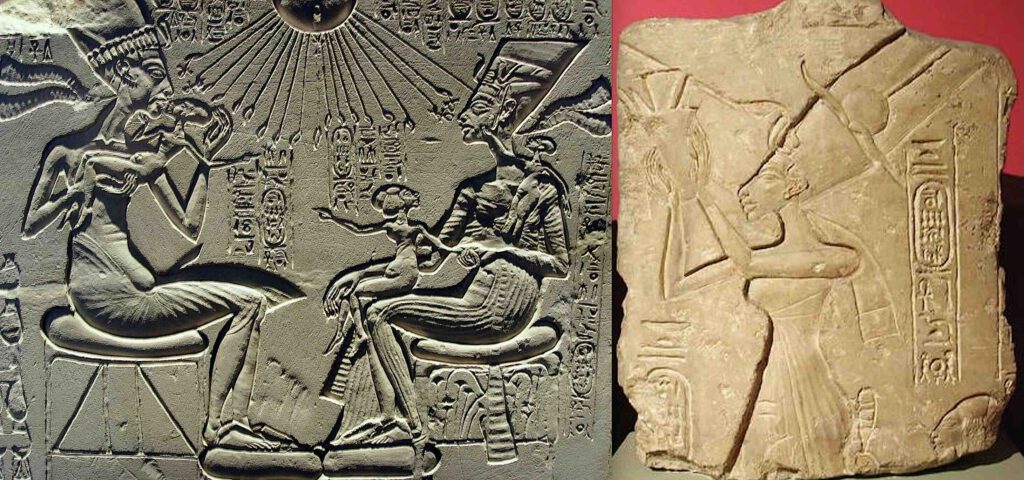
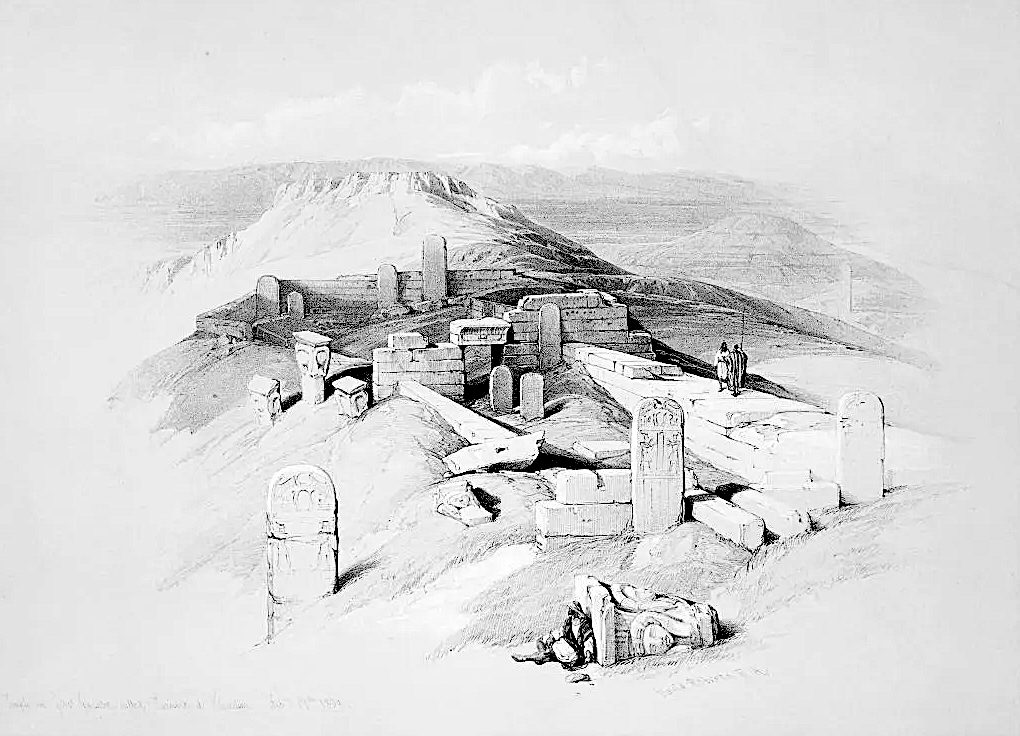
Ancient Egyptian Inscription Sparks New Debate About Moses
4.8.2025
A provocative new reading of 3,800-year-old inscriptions found in an Egyptian turquoise mine has reignited one of archaeology’s thorniest questions: Was Moses a historical figure?
According to Archaeology Magazine, Independent researcher Michael S. Bar-Ron believes the answer may be inscribed on the rock walls of Serabit el-Khadim, a mine in Egypt’s Sinai Peninsula. After nearly a decade of study using 3D scans and high-resolution photos from Harvard’s Semitic Museum, Bar-Ron claims to have deciphered two phrases in early Hebrew: zot mi’Moshe (“This is from Moses”) and ne’um Moshe (“A saying of Moses”).
If his reading is correct, these would be the oldest known extra-biblical references to the leader of the Exodus, predating even the earliest known Hebrew texts and the Phoenician alphabet.
The inscriptions are part of a larger group of Proto-Sinaitic writings first uncovered by famed archaeologist Flinders Petrie in the early 1900s. Scholars believe they were etched by Semitic-speaking laborers during the reign of Pharaoh Amenemhat III (around 1800 BCE), making them some of the oldest alphabetic writings on record.
Bar-Ron’s interpretation, however, is controversial. In a draft thesis, he argues that many of the inscriptions may have come from a single author, possibly a Semitic scribe fluent in Egyptian hieroglyphs, who used Proto-Sinaitic script for religious and personal reflections.
Some of the nearby inscriptions mention “El,” the early Hebrew name for God, while others invoke Baʿalat, a Semitic counterpart to the Egyptian goddess Hathor. In several cases, Baʿalat’s name appears scratched out hinting at a theological schism. A burnt temple to Baʿalat, along with inscriptions referencing “overseers,” “slavery,” and what Bar-Ron believes is a plea to depart (“ni’mosh”), add fuel to speculation that the site contains echoes of a real-life Exodus.
But scholars remain skeptical. Thomas Schneider, an Egyptologist at the University of British Columbia, told The Daily Mail that the findings are “completely unproven and misleading,” warning that “arbitrary identifications of letters can distort ancient history.” Proto-Sinaitic script is difficult to decipher, and academic consensus remains elusive.
Bar-Ron’s research is not yet peer-reviewed, and he acknowledges it’s still a work in progress. But his adviser, Pieter van der Veen, has endorsed the findings and encouraged further study.
https://www.artnews.com/art-news/news/inscription-claims-spark-debate-around-historical-moses-1234748783
2025/8/26 up-date:
A Sweeping Transformation Is Underway as the Grand Egyptian Museum Prepares to Officially Open and the Giza Plateau Braces for a Record-Breaking Influx of Visitors
The Egyptian government is making changes to enhance the visitor experience around the pyramids, but are these modifications threatening the livelihoods of local communities rooted in generations-old tourism practices?
August 22, 2025

Until this past April, the gates of the Mena House Hotel—the de facto entrance to the Giza pyramids plateau since the late 19th century—were teeming with street vendors, tour brokers, horses and camels weaving among pedestrians.
Tourists weren’t always thrilled with the persistent peddlers, unless they were eyeing the papyrus, miniature pyramid models, garish masks of Tutankhamun and elusive busts of Nefertiti the sellers were hawking. But now, all of this has been banned following the Egyptian government’s implementation of a longstanding plan to redevelop the pyramids area.
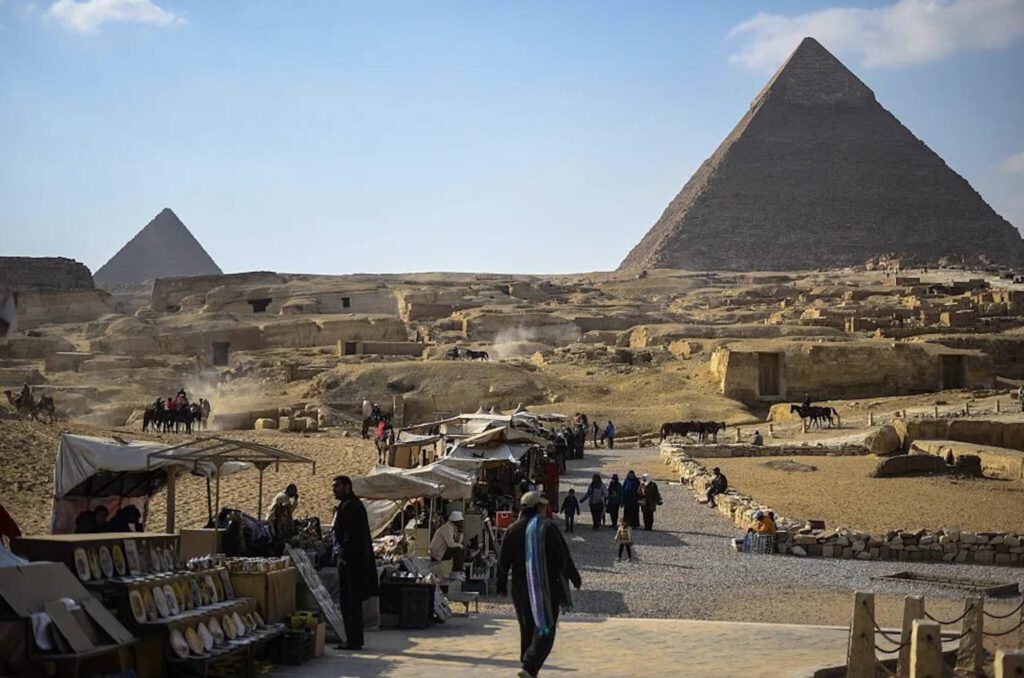
(Street vendors wait for customers near the Giza pyramids in the southern Cairo Giza district)
Egypt’s Ministry of Tourism and Antiquities created the original development plan in 2009, and then it joined forces with Orascom Pyramids Entertainment in 2018 to see the initiative through. The area undergoing a revamp includes the Giza Plateau, where the three pyramids and the Sphinx are located, and the area around the new Grand Egyptian Museum (GEM). In April, the government announced the pilot launch of the pyramids area development project, leading to changes at the world’s most famous archaeological site. The entrance was moved to the new Great Gate on Al-Faiyoum Desert Road southwest of Cairo, and street vendors and animal owners were confined to specific areas.
…
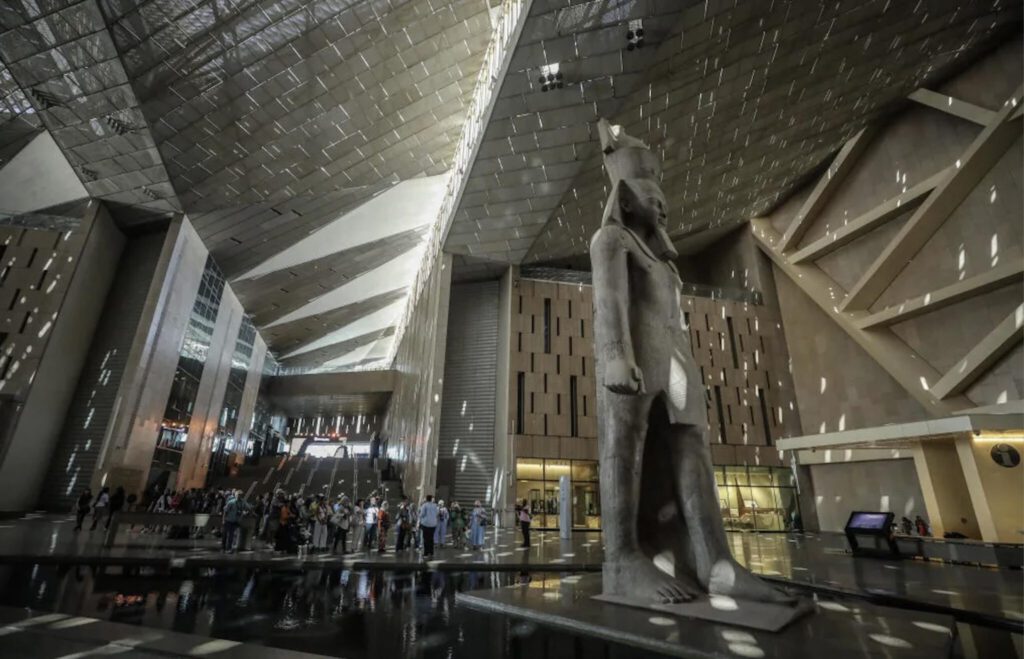
(A statue of Ramses II greets visitors in the main atrium of the Grand Egyptian Museum)
quotes:
In 2024, around 15.7 million tourists visited Egypt—a record figure, contributing about 8 percent of the country’s GDP. The government aims to attract 30 million visitors annually by 2032. With the official opening of the much-lauded GEM, about a mile away, slated for November, the stakes are high, as many tourists will likely visit both the pyramids and the museum in single day.
The shifting character of the area has reshaped the local community’s daily life and work patterns. Orascom designated a specific route for tours whereby buses no longer have access to the plateau, in an effort to protect the antiquities from car pollution. Tourists now disembark and ride air-conditioned hop-on hop-off electrical shuttle buses to the three main pyramids—Khufu, Khafre and Menkaure—and the Sphinx. They are free to walk around near the landmarks, then go back to the same shuttle bus stop when they are ready to head back to their tour bus.
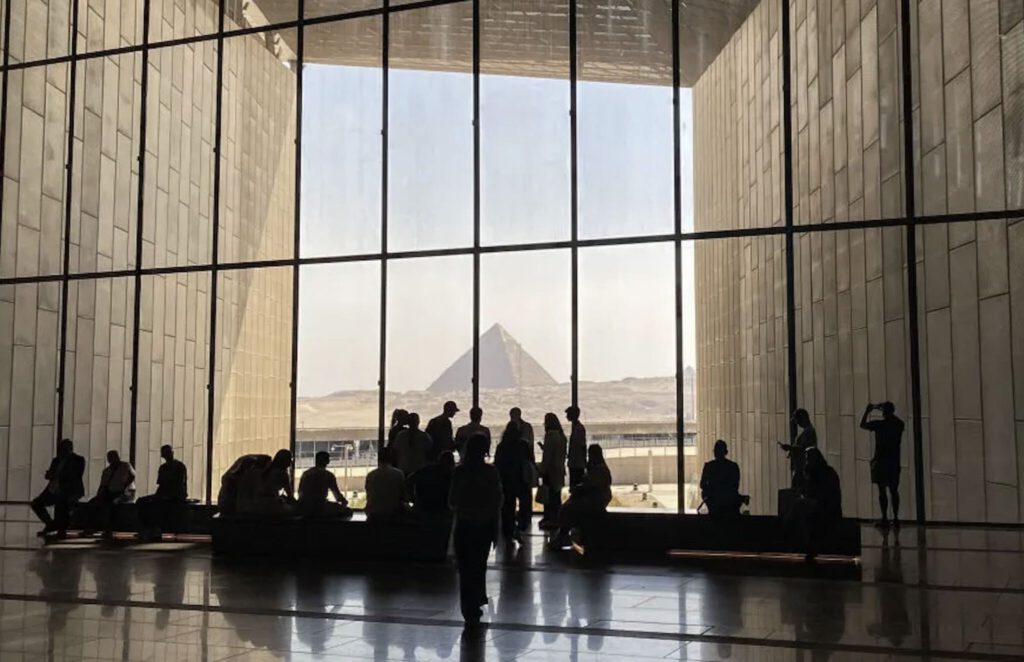
…
Before the development, tourists often complained of exploitation and deceit by animal handlers, who would charge visitors twice—once to mount the horse or camel and again to get off—as well as charging triple for the rides and engaging in endless bargaining.
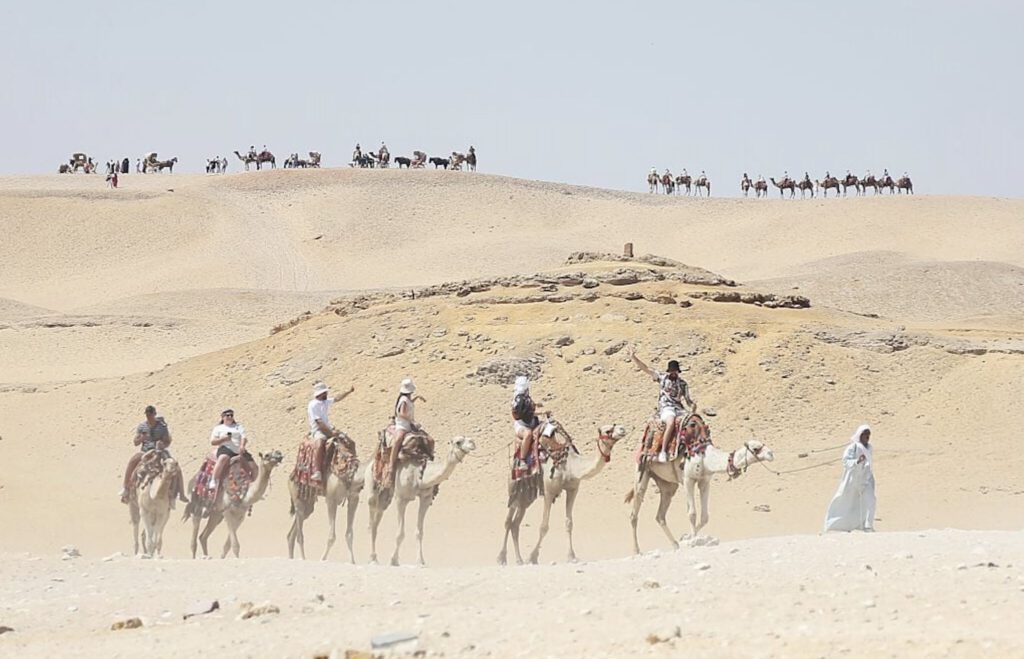
full text:
https://www.smithsonianmag.com/travel/sweeping-transformation-is-underway-as-the-grand-egyptian-museum-prepares-to-officially-open-and-the-giza-plateau-braces-for-a-record-breaking-influx-of-tourists-180987203




